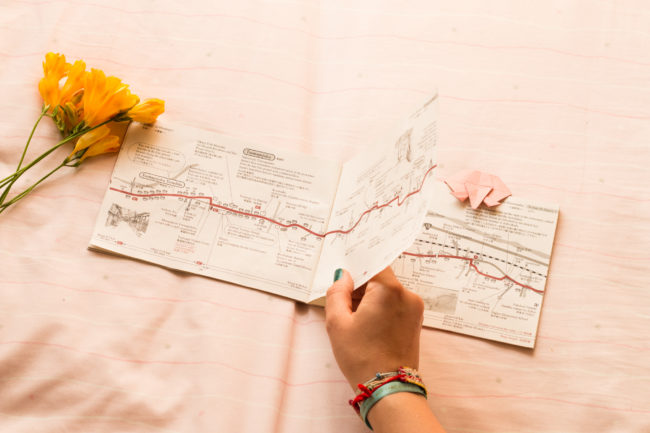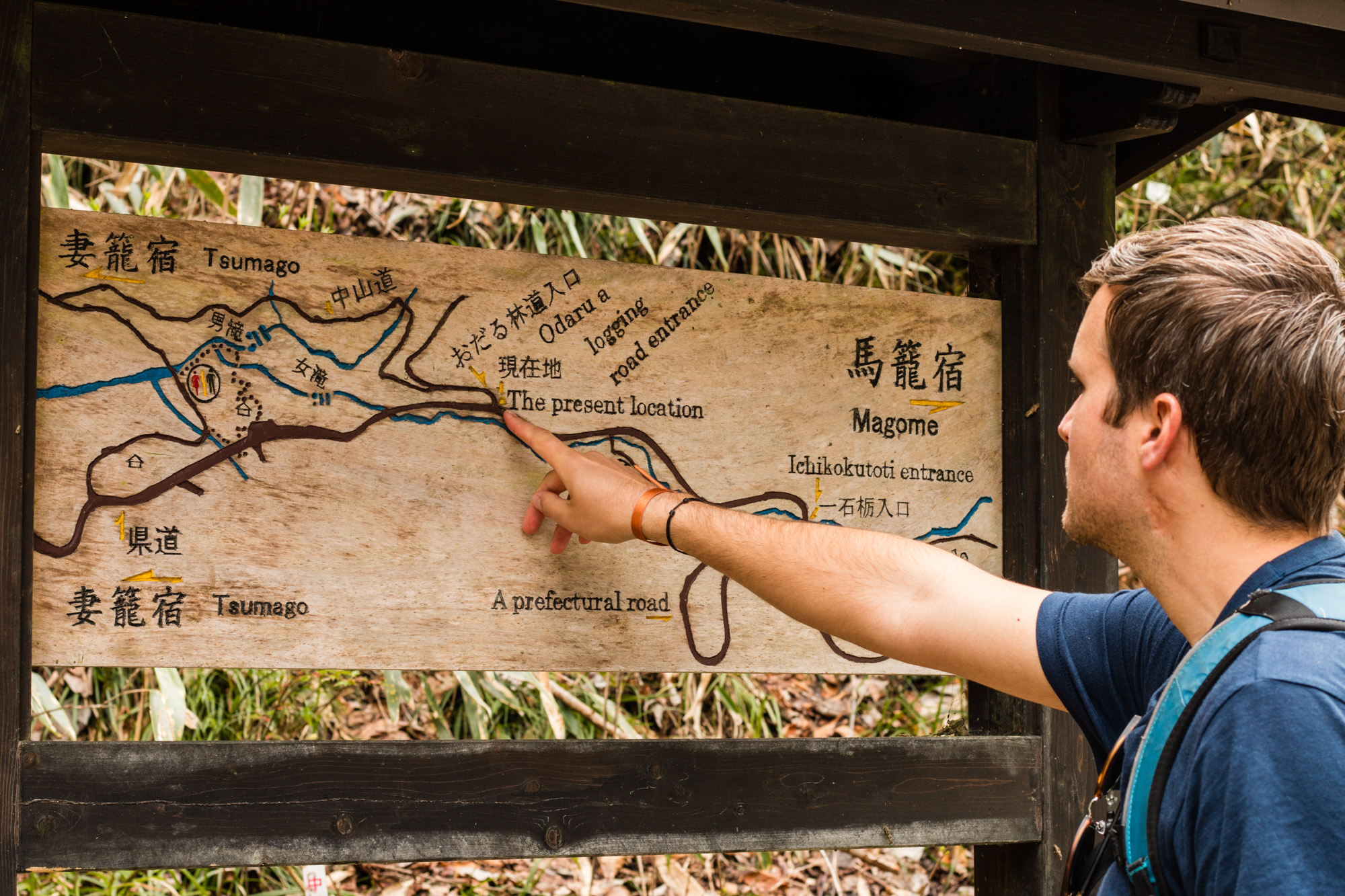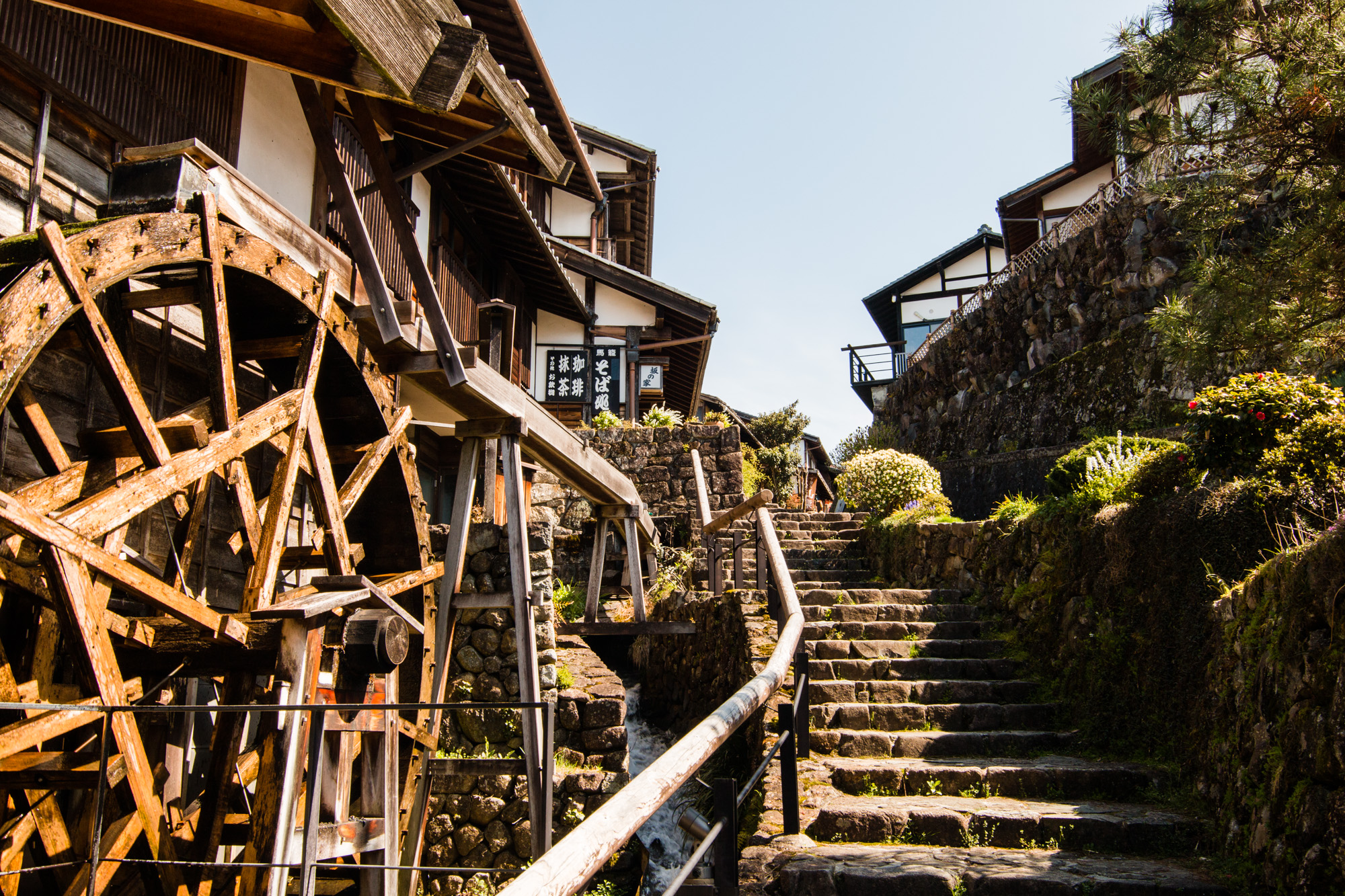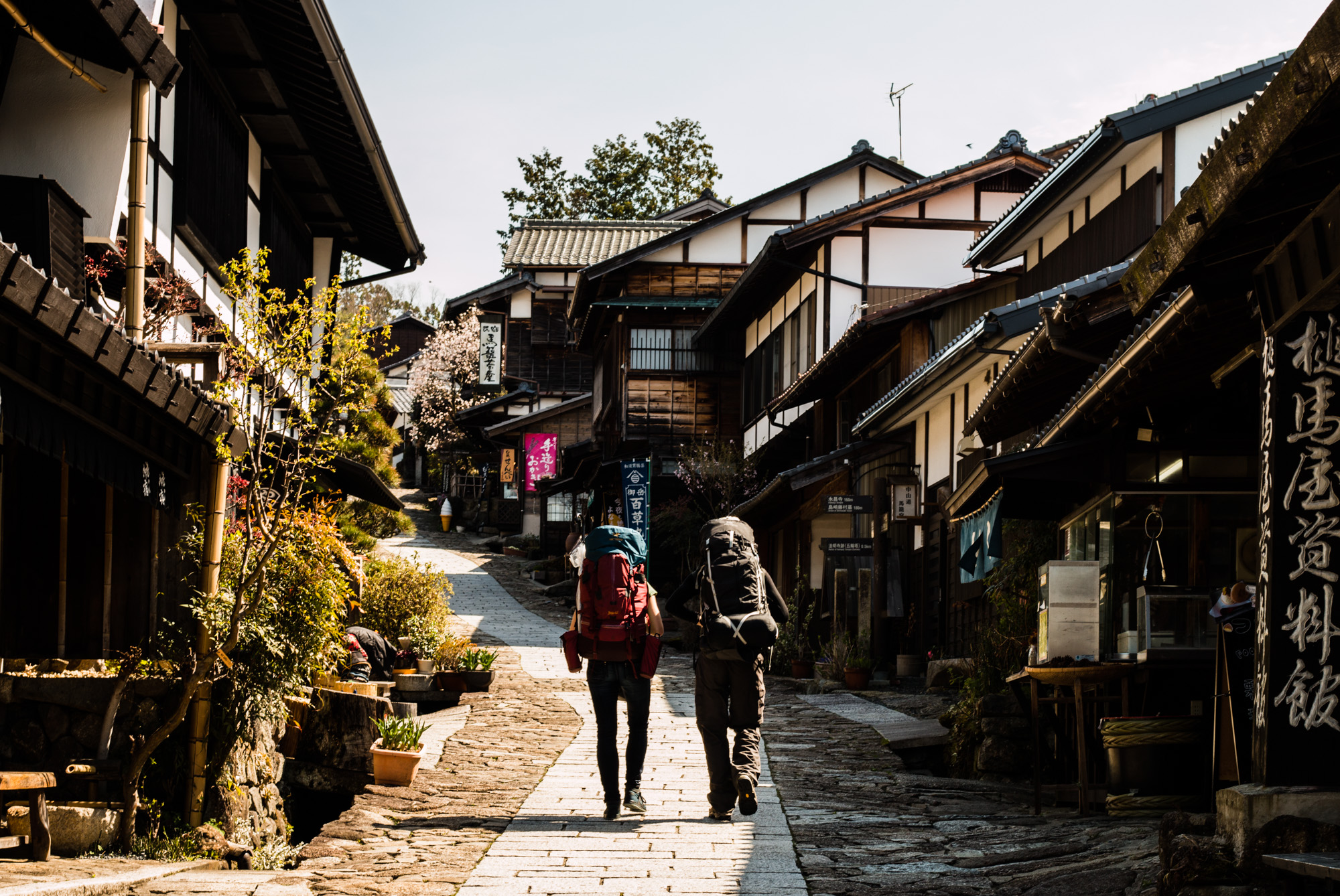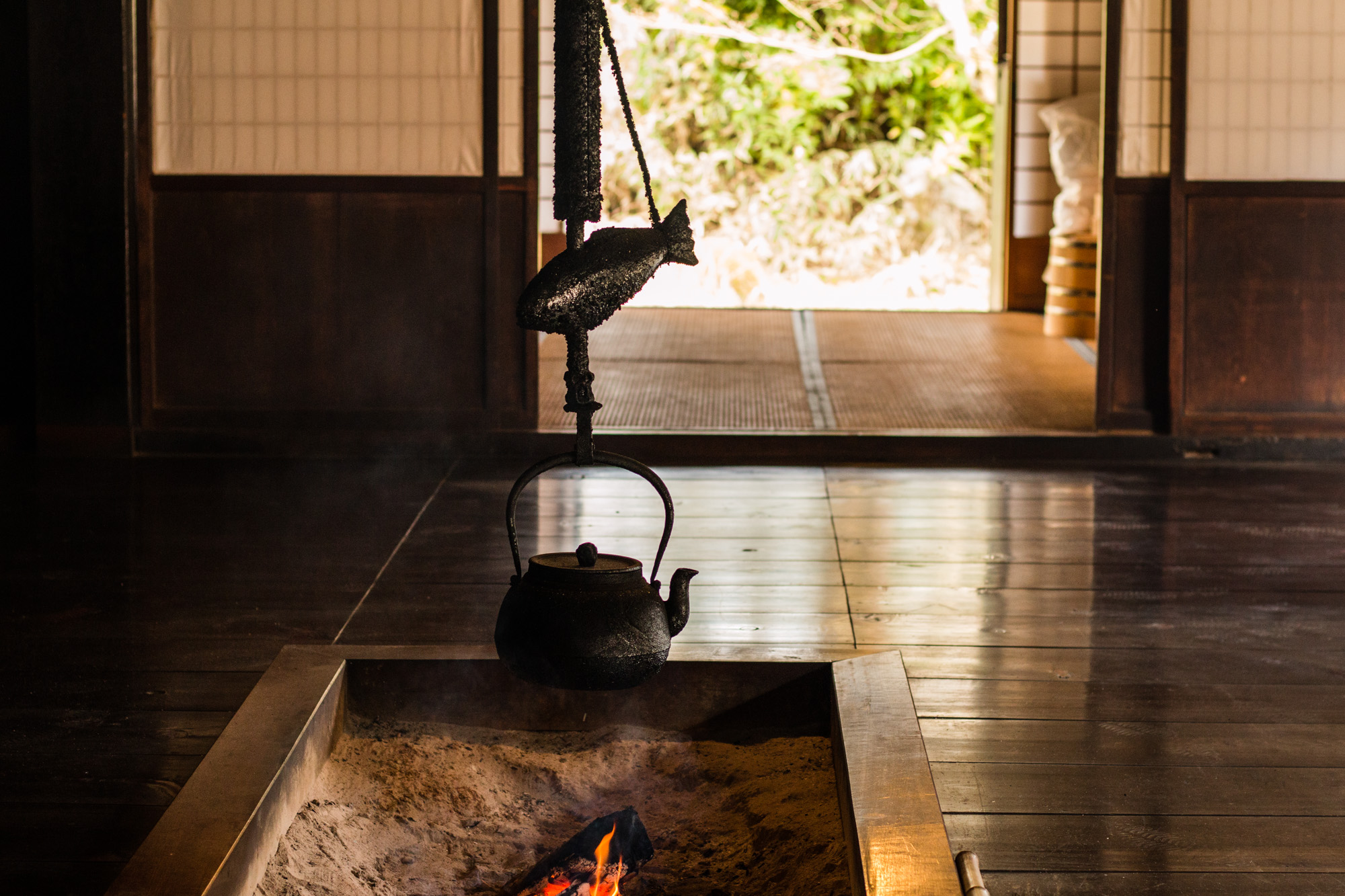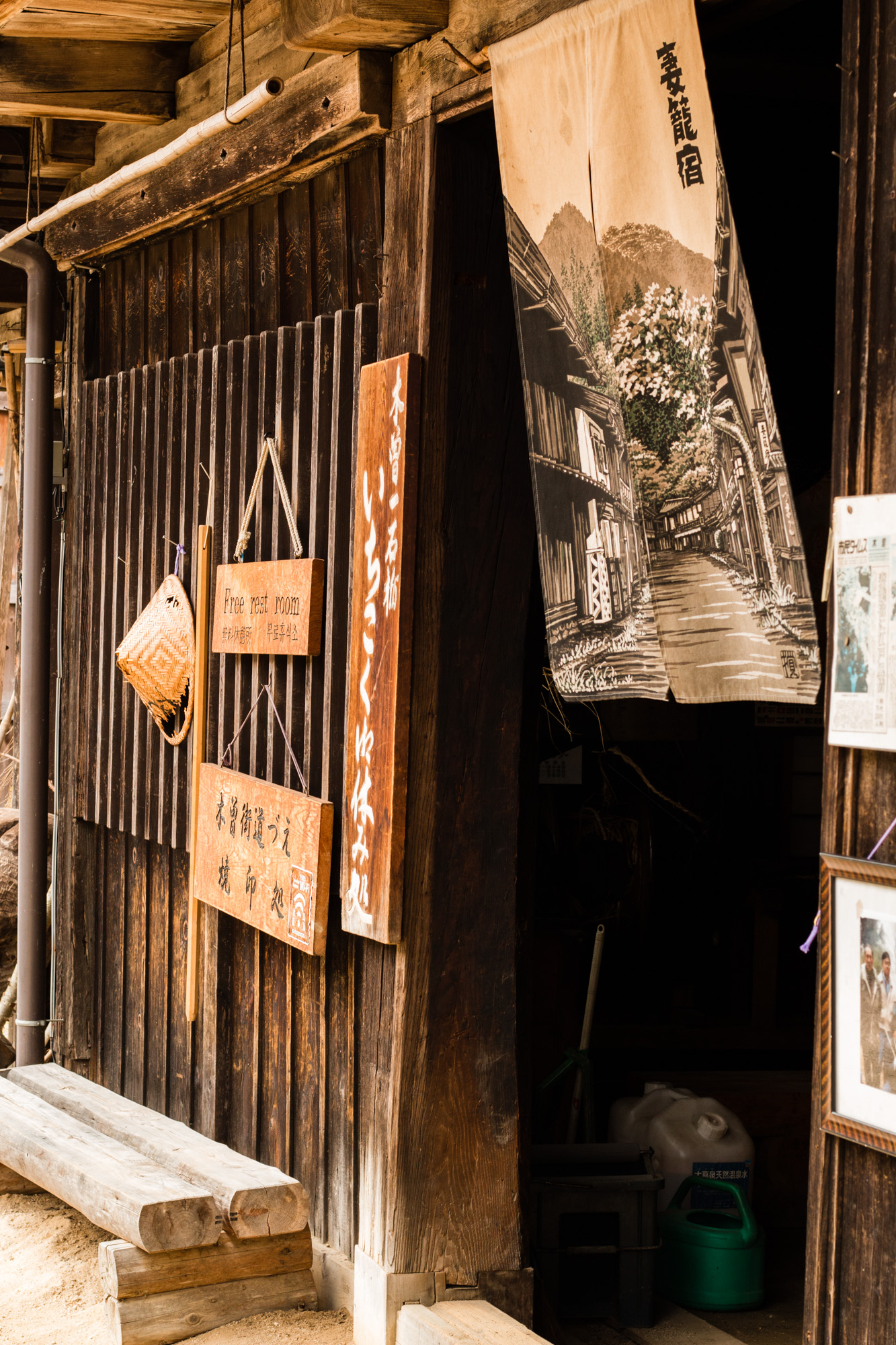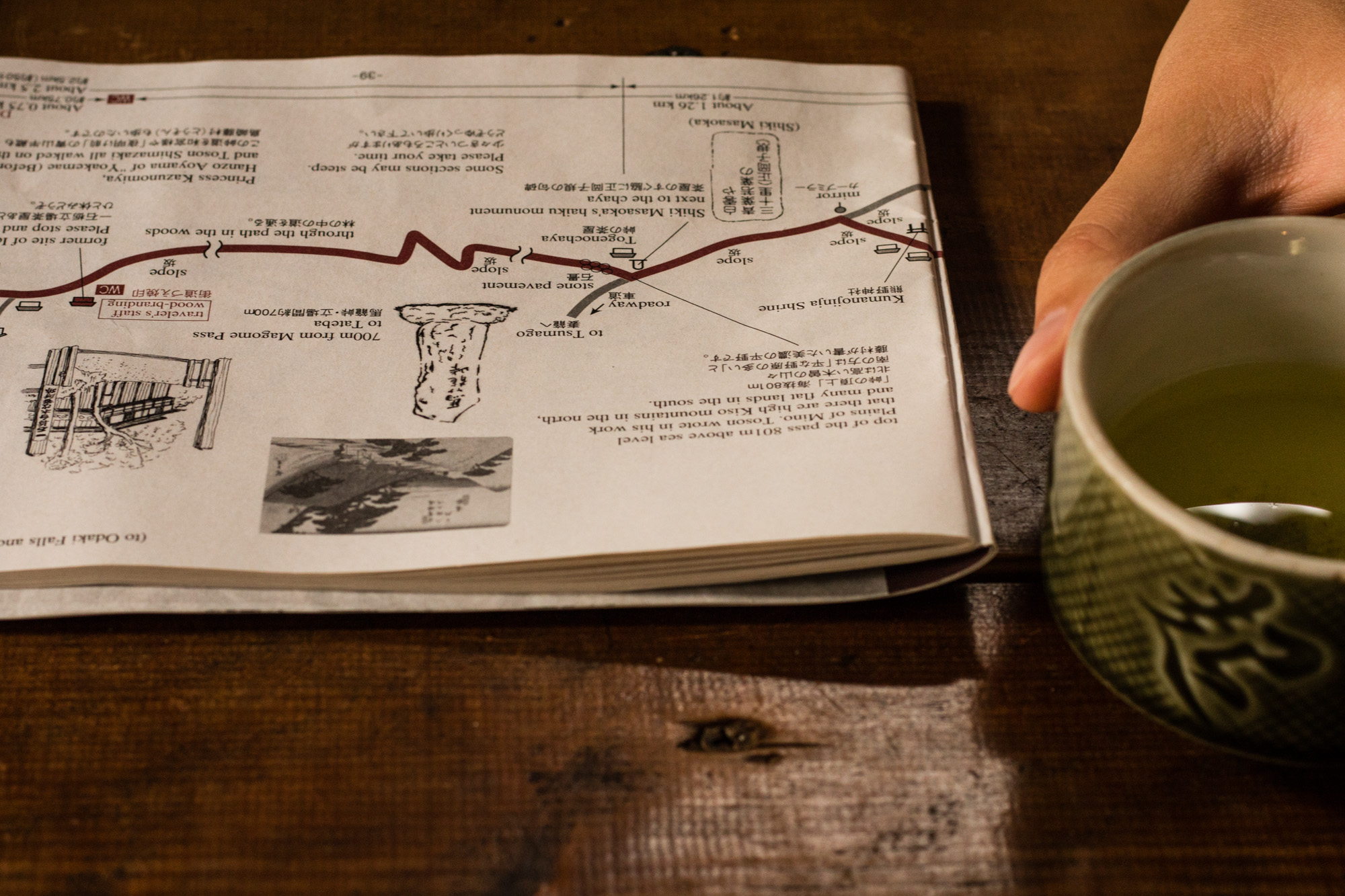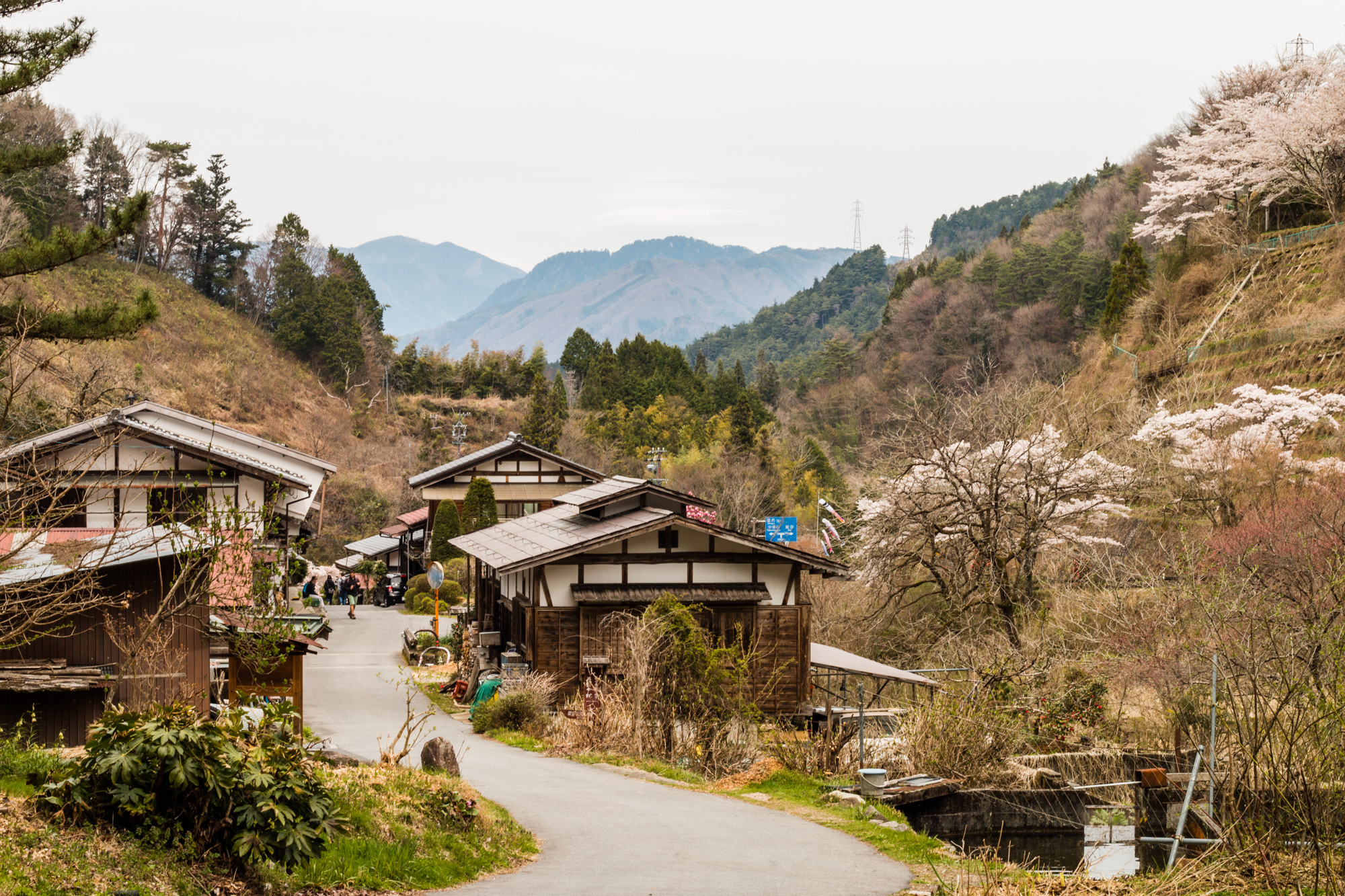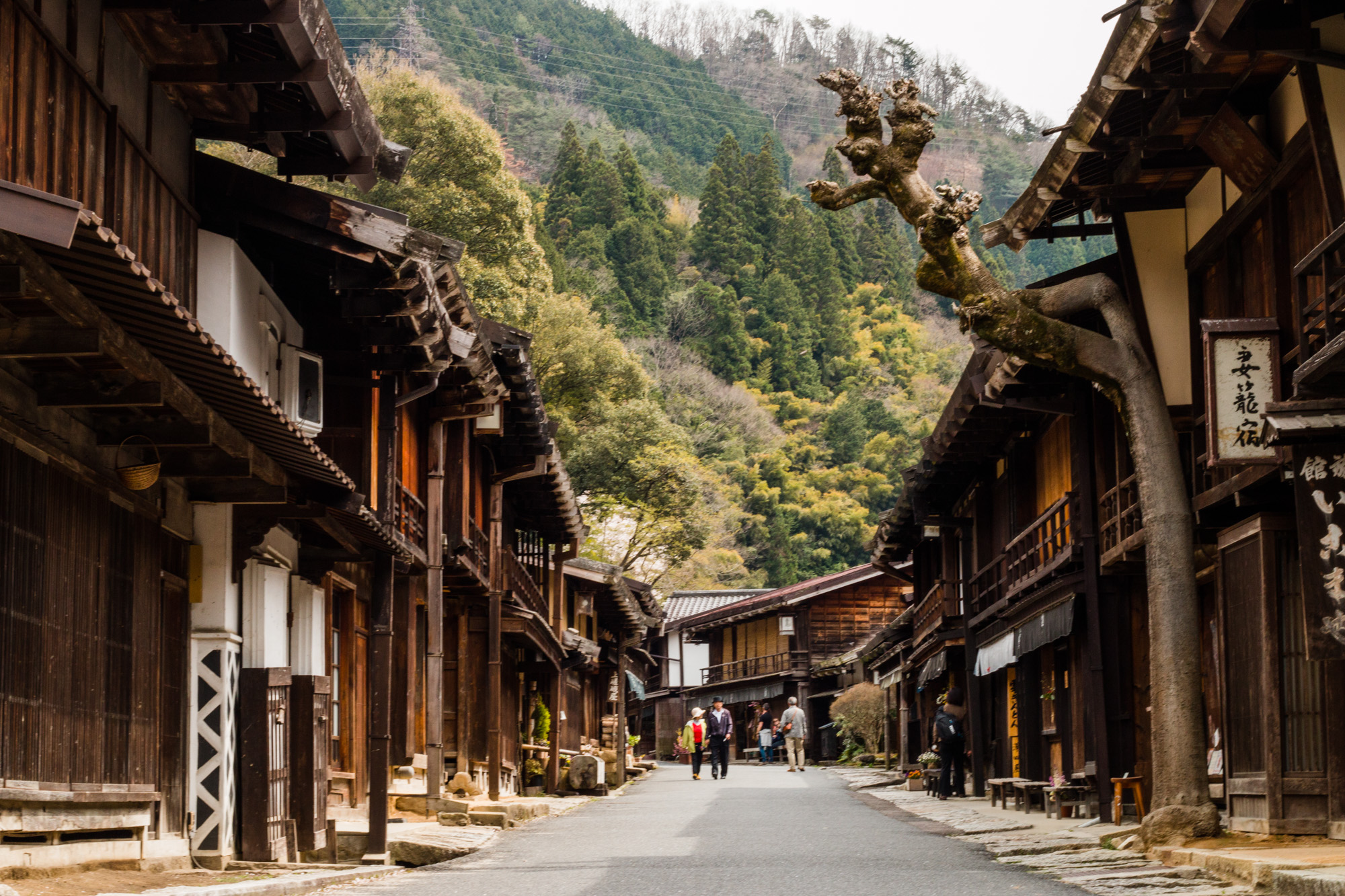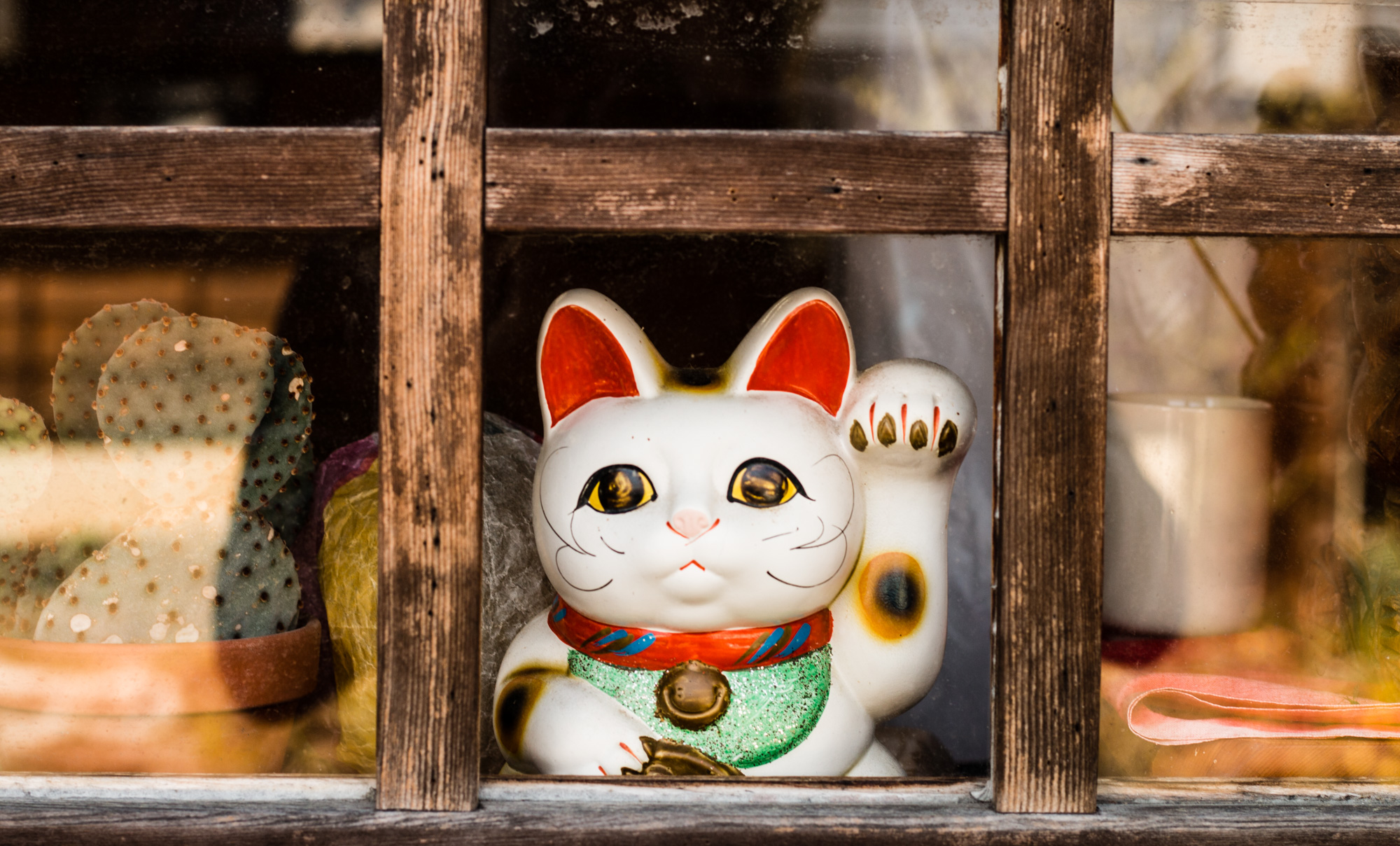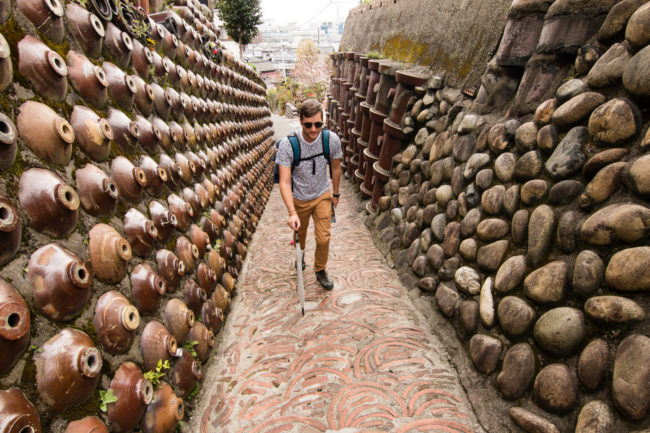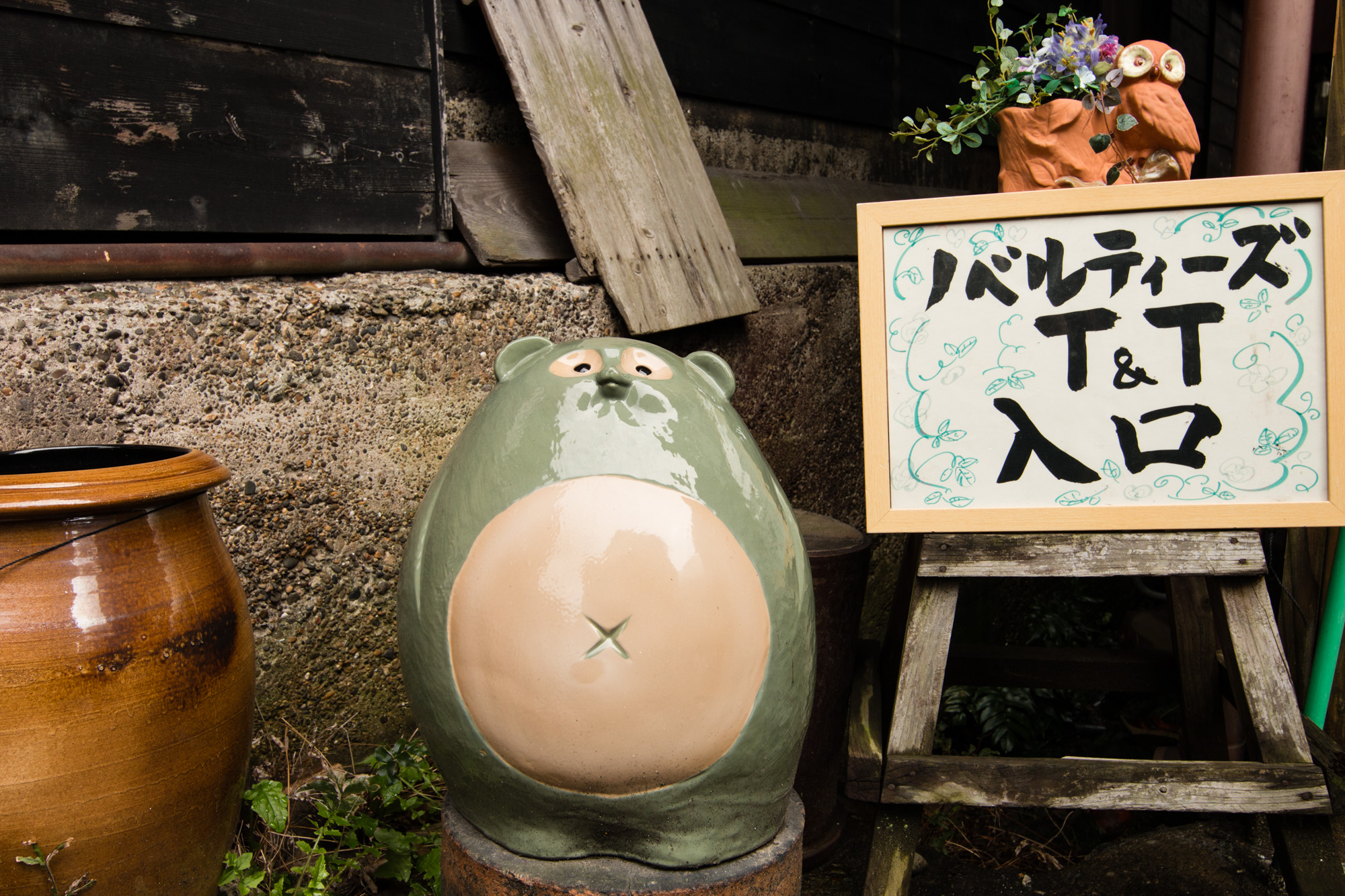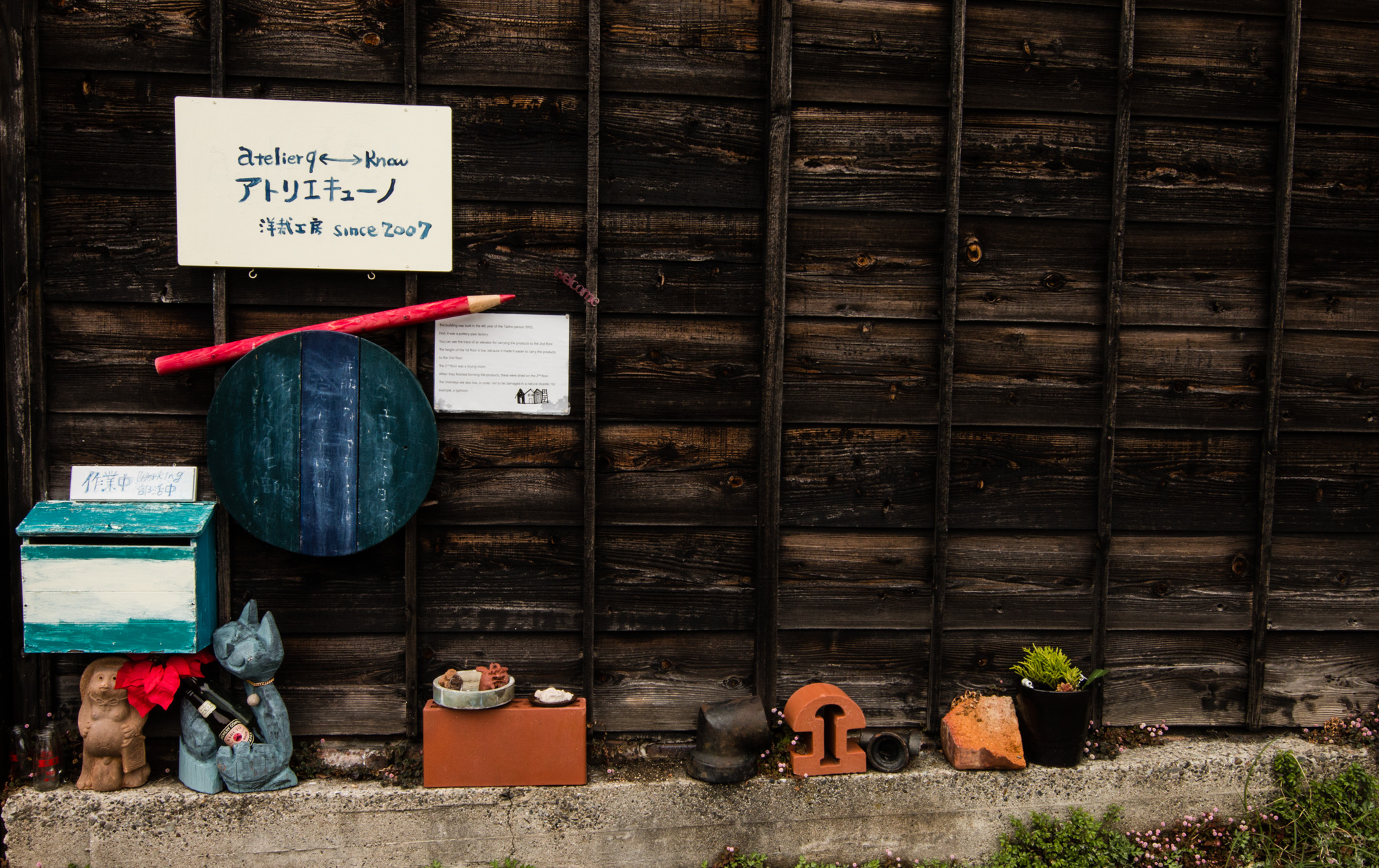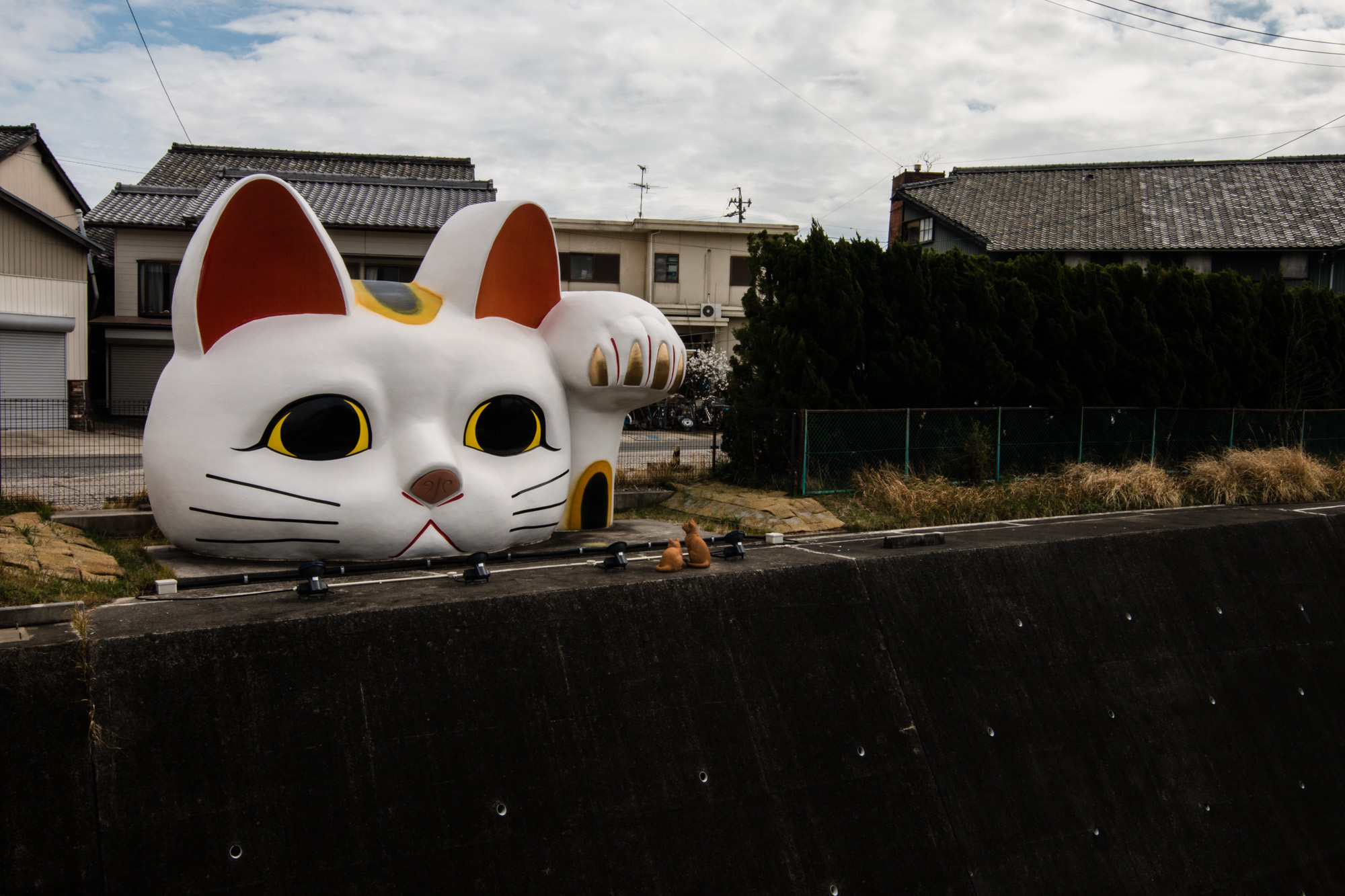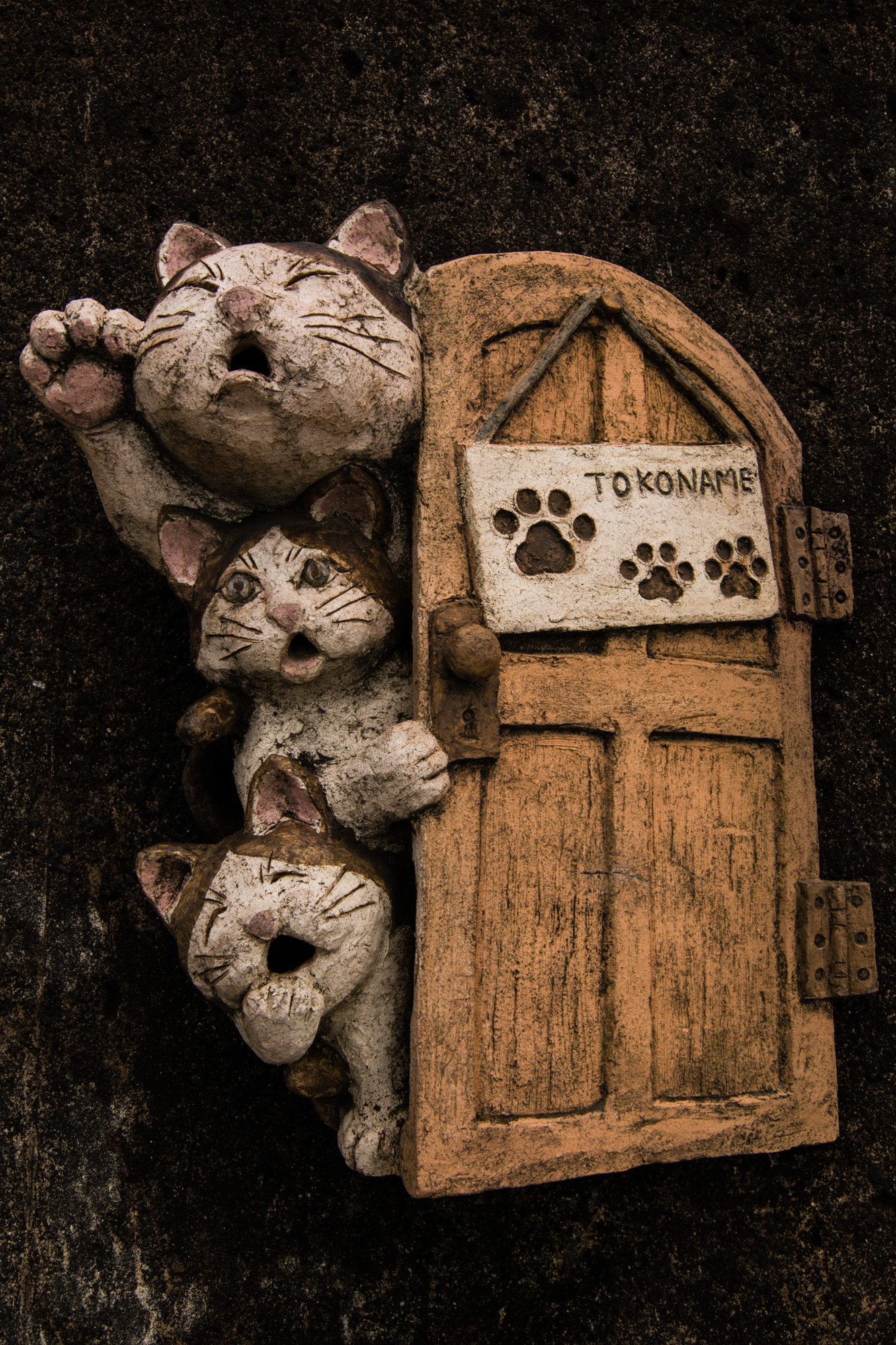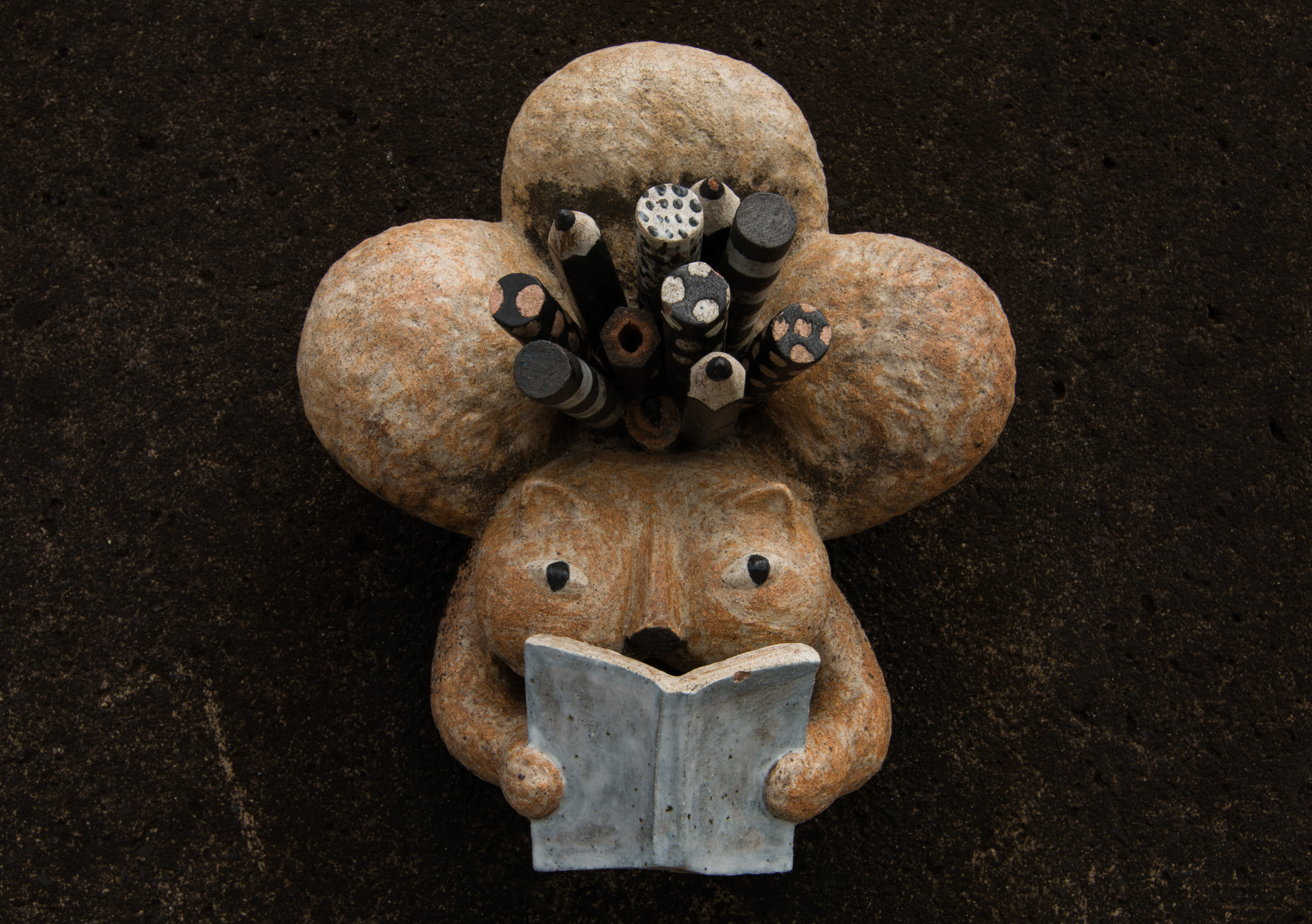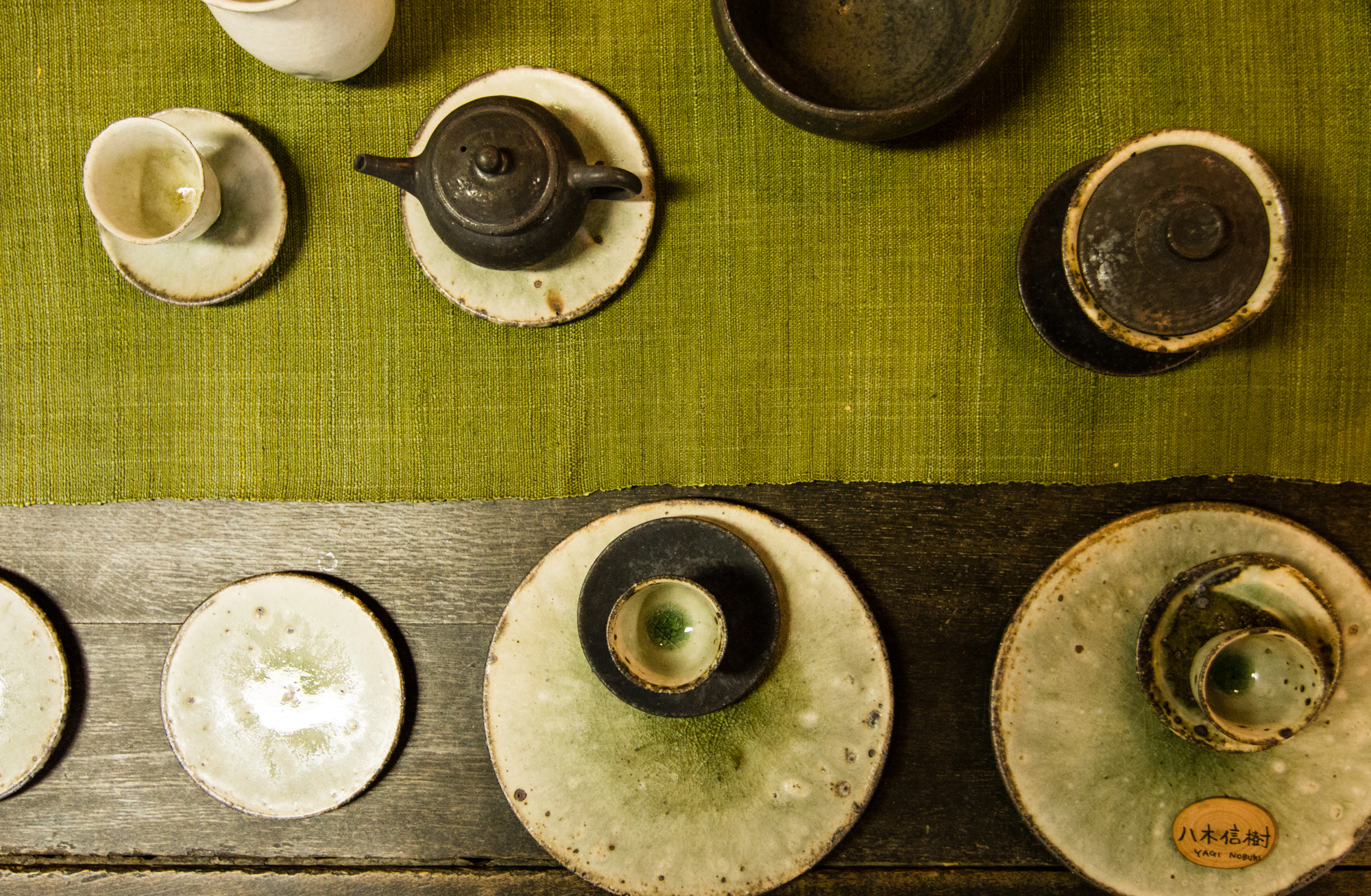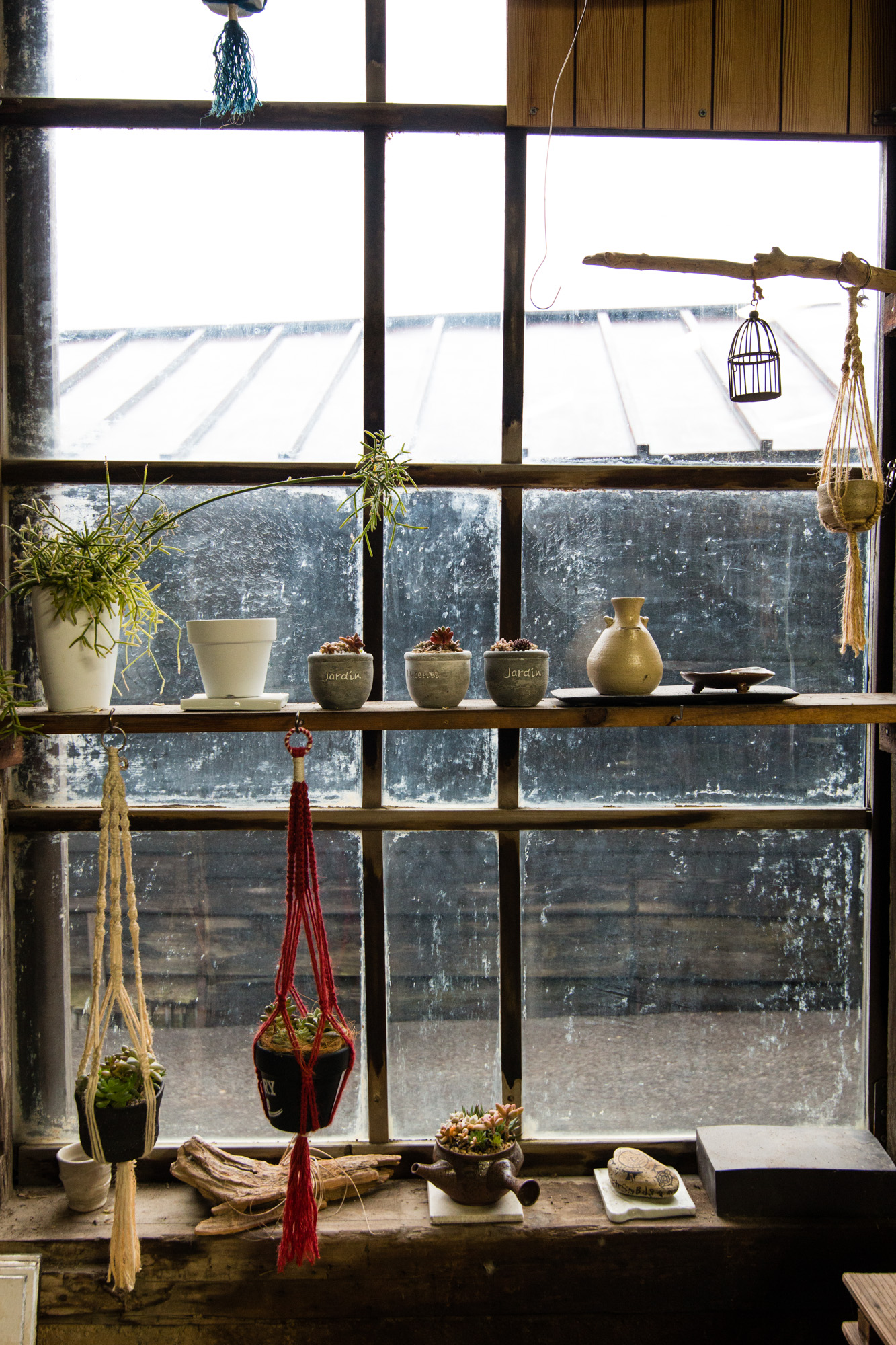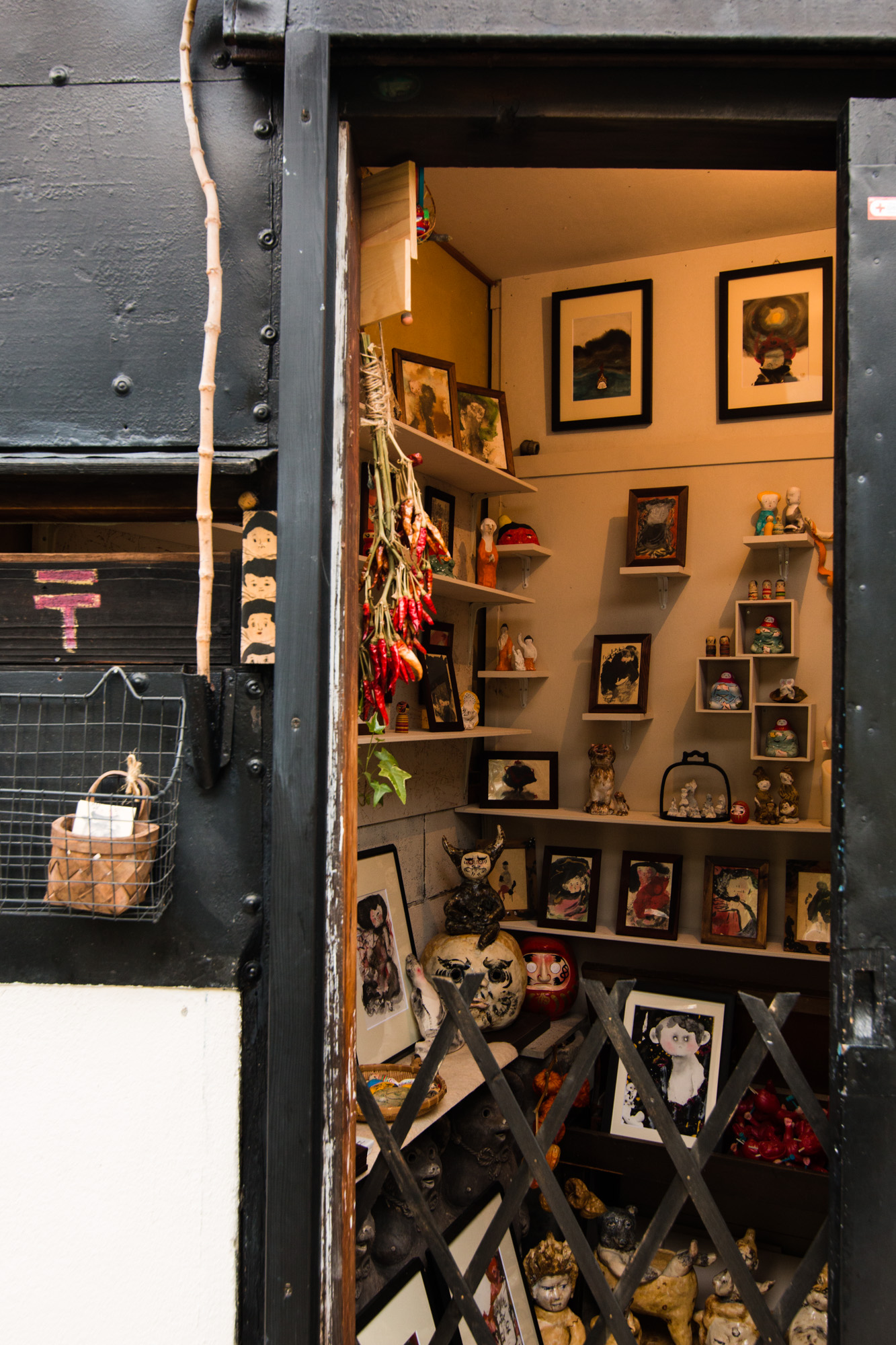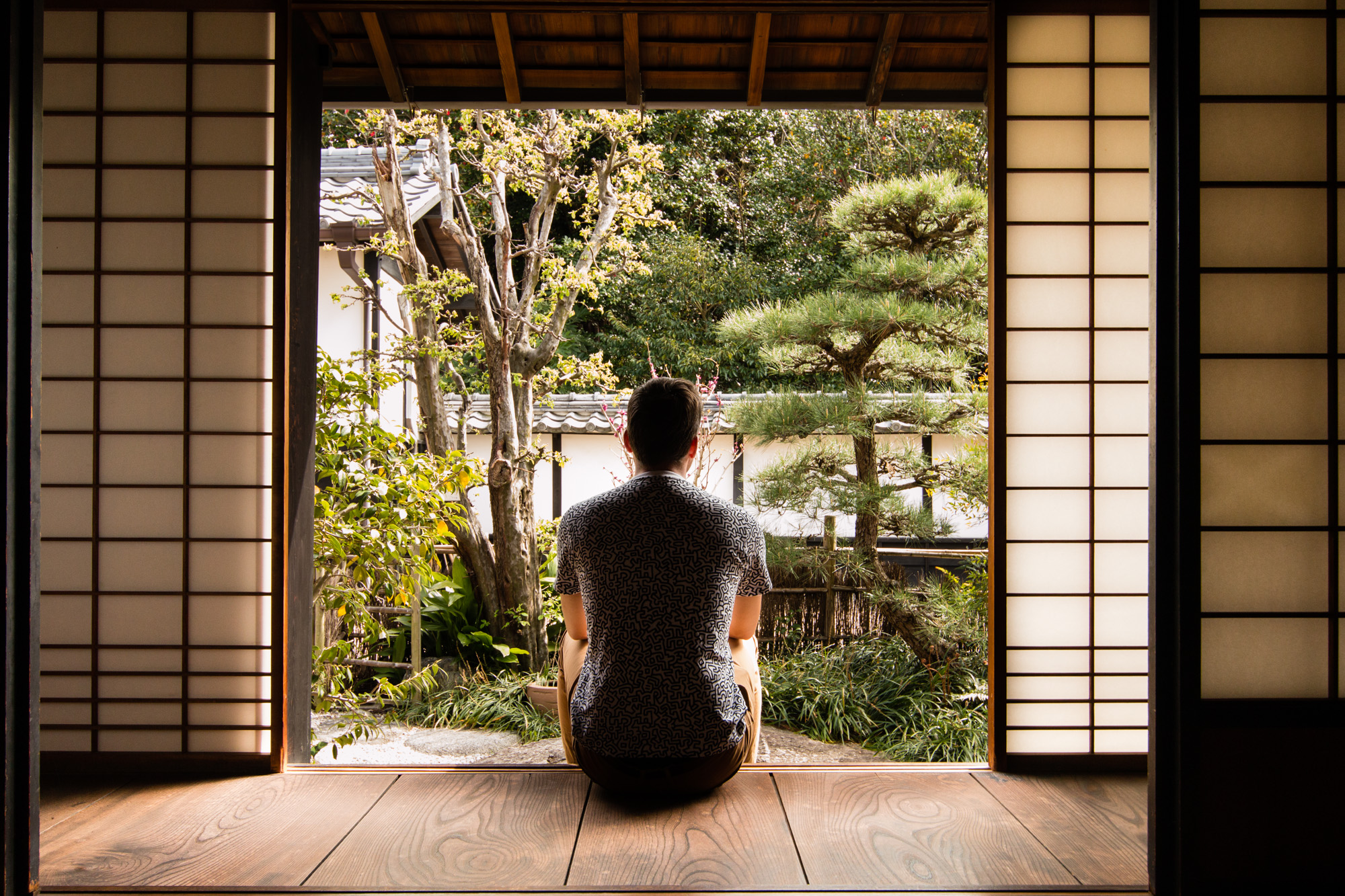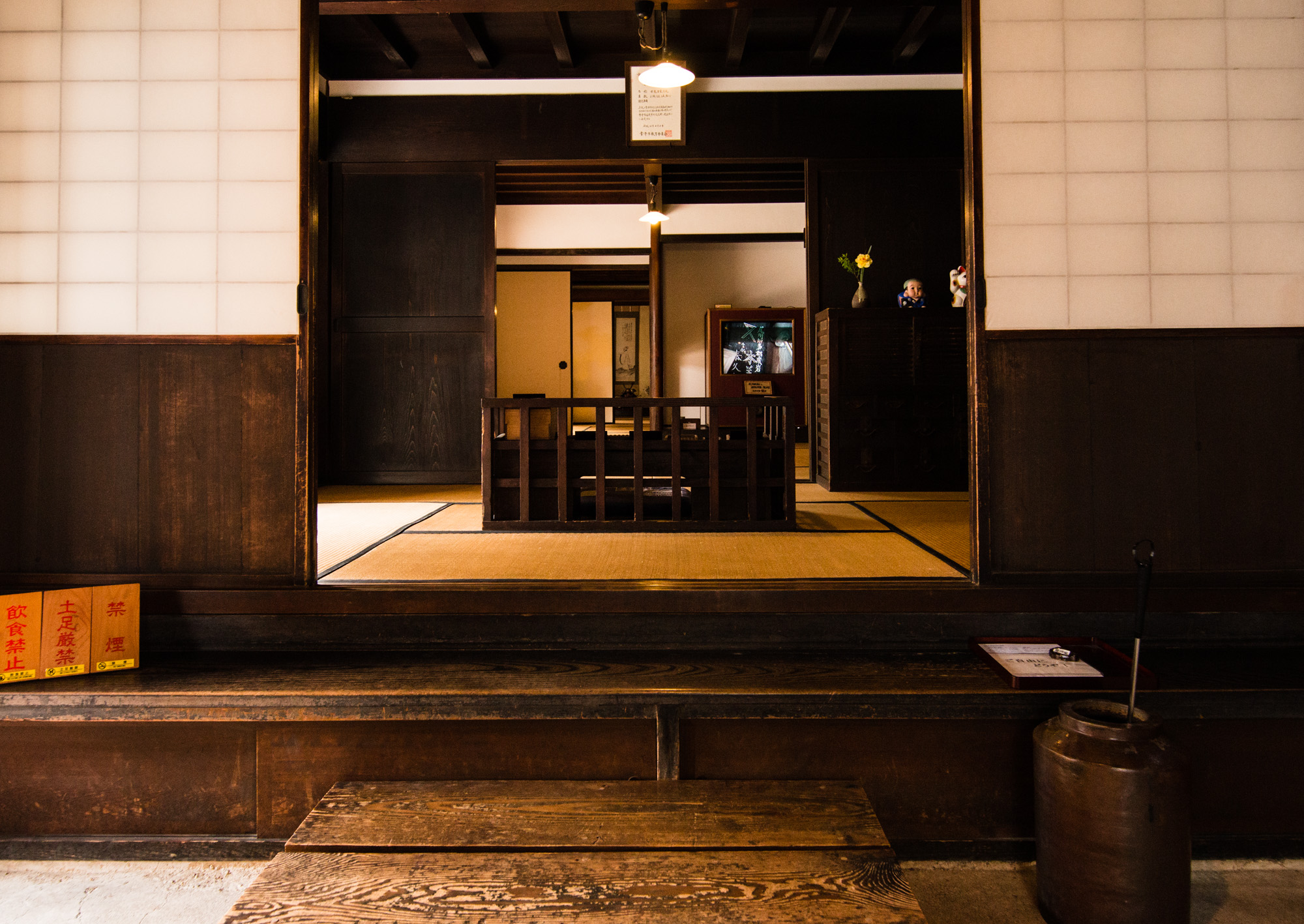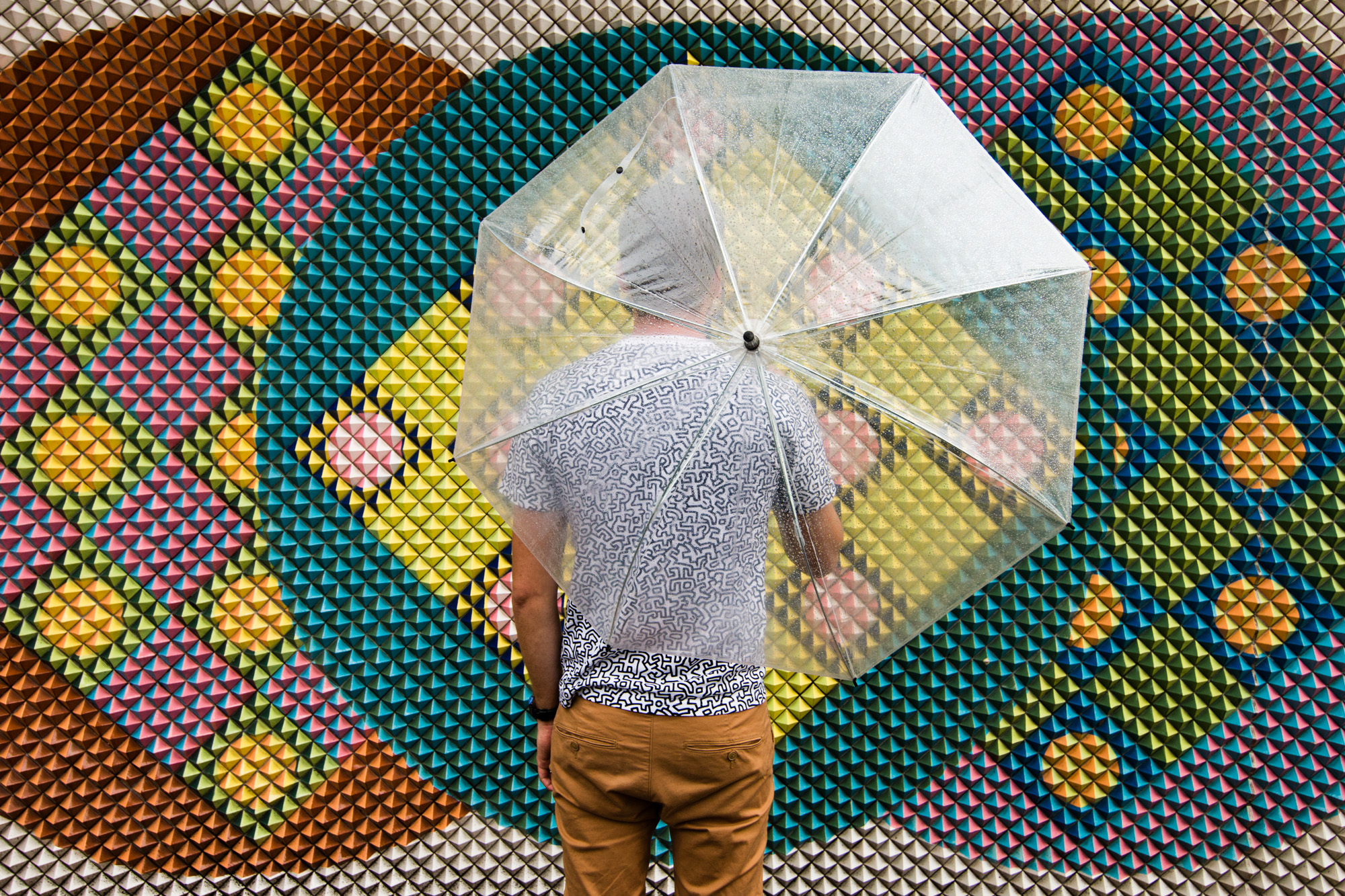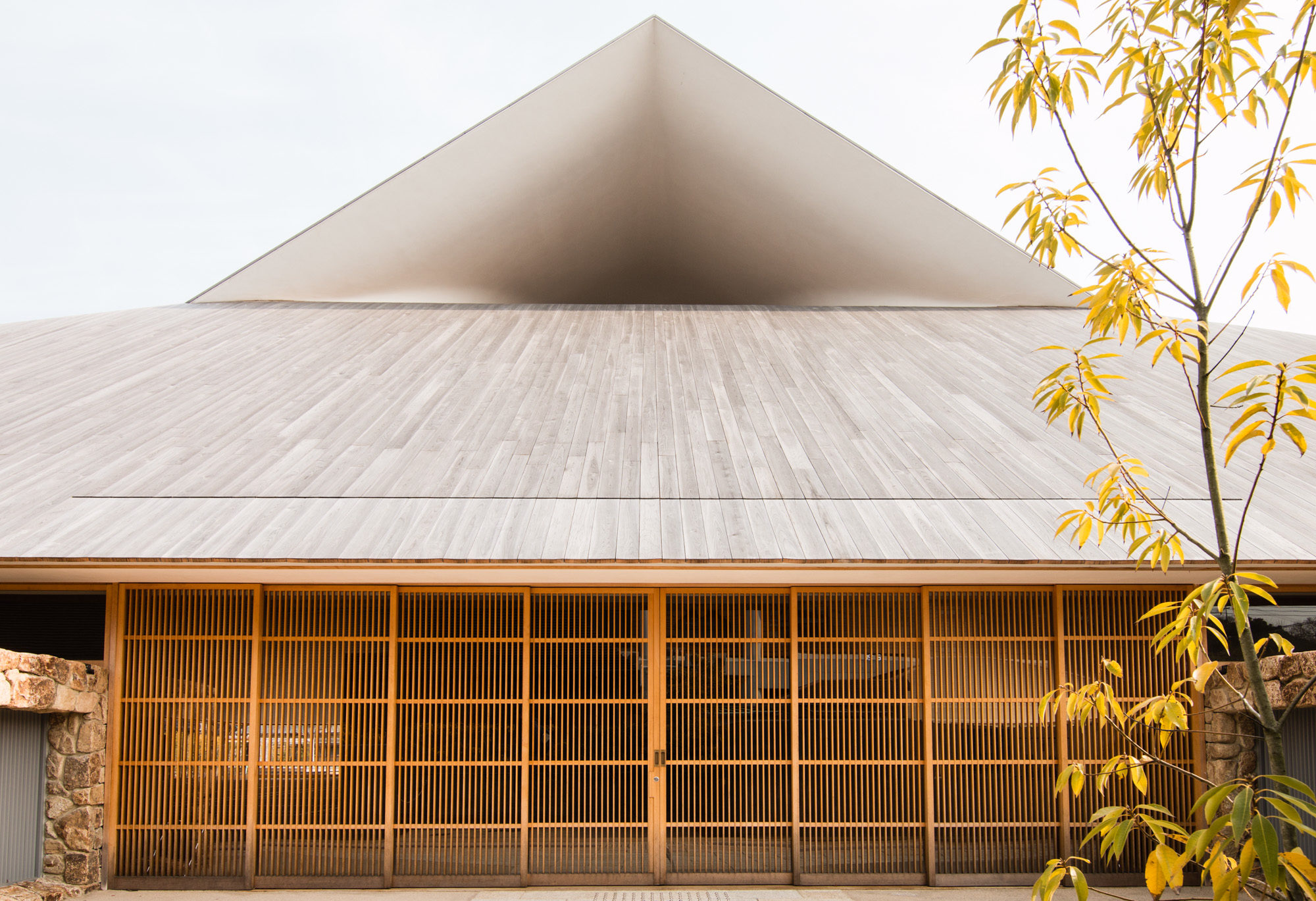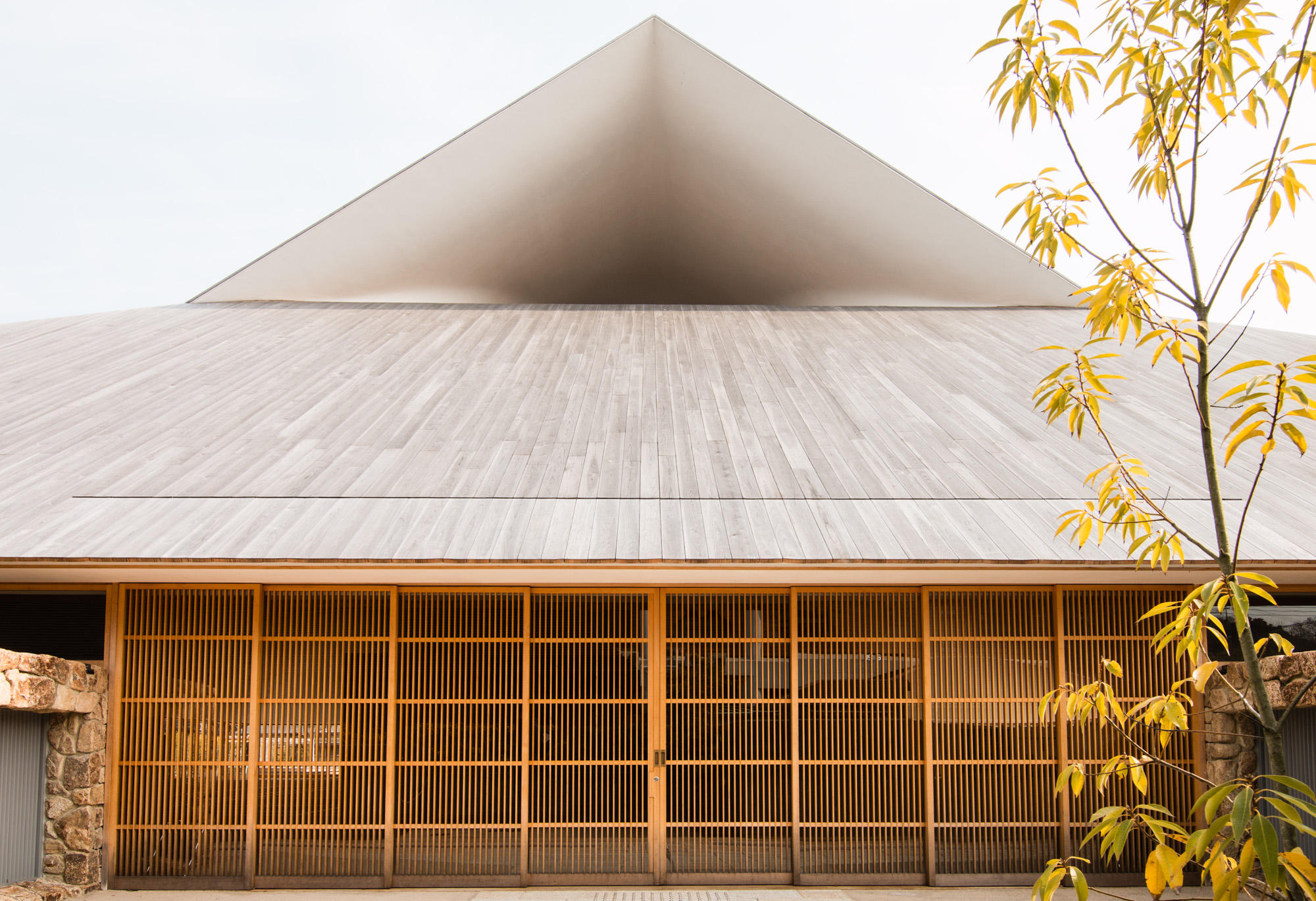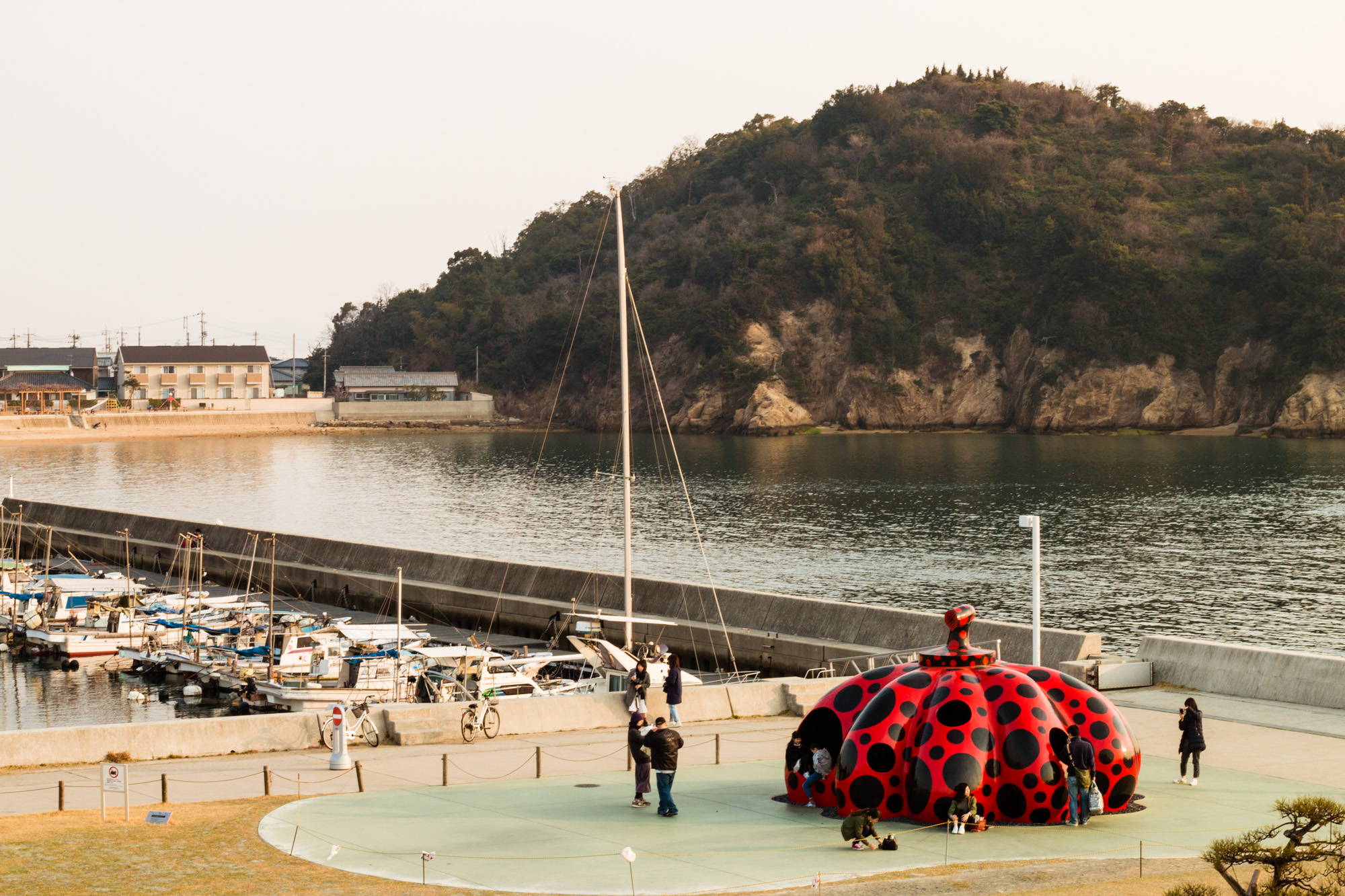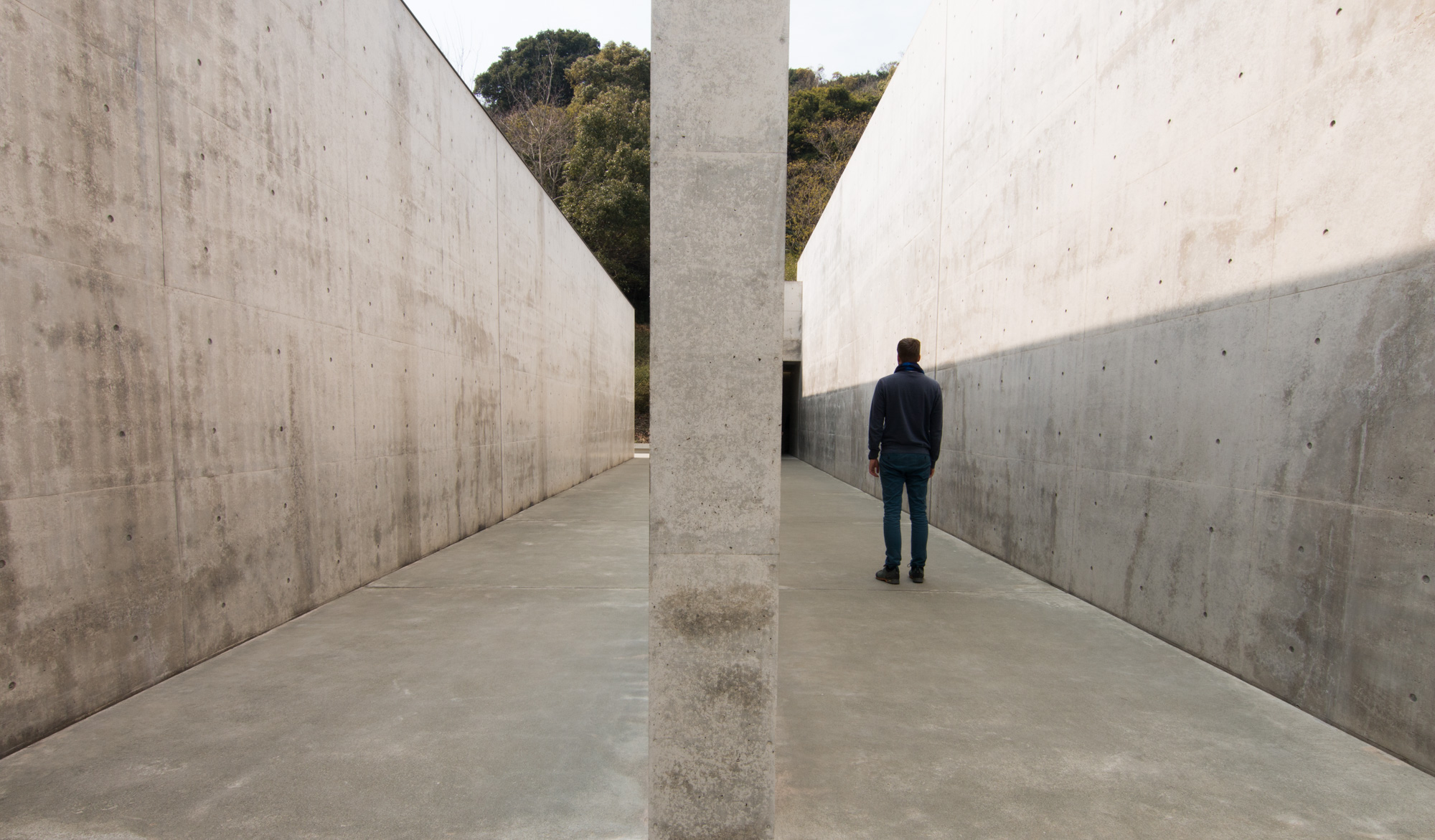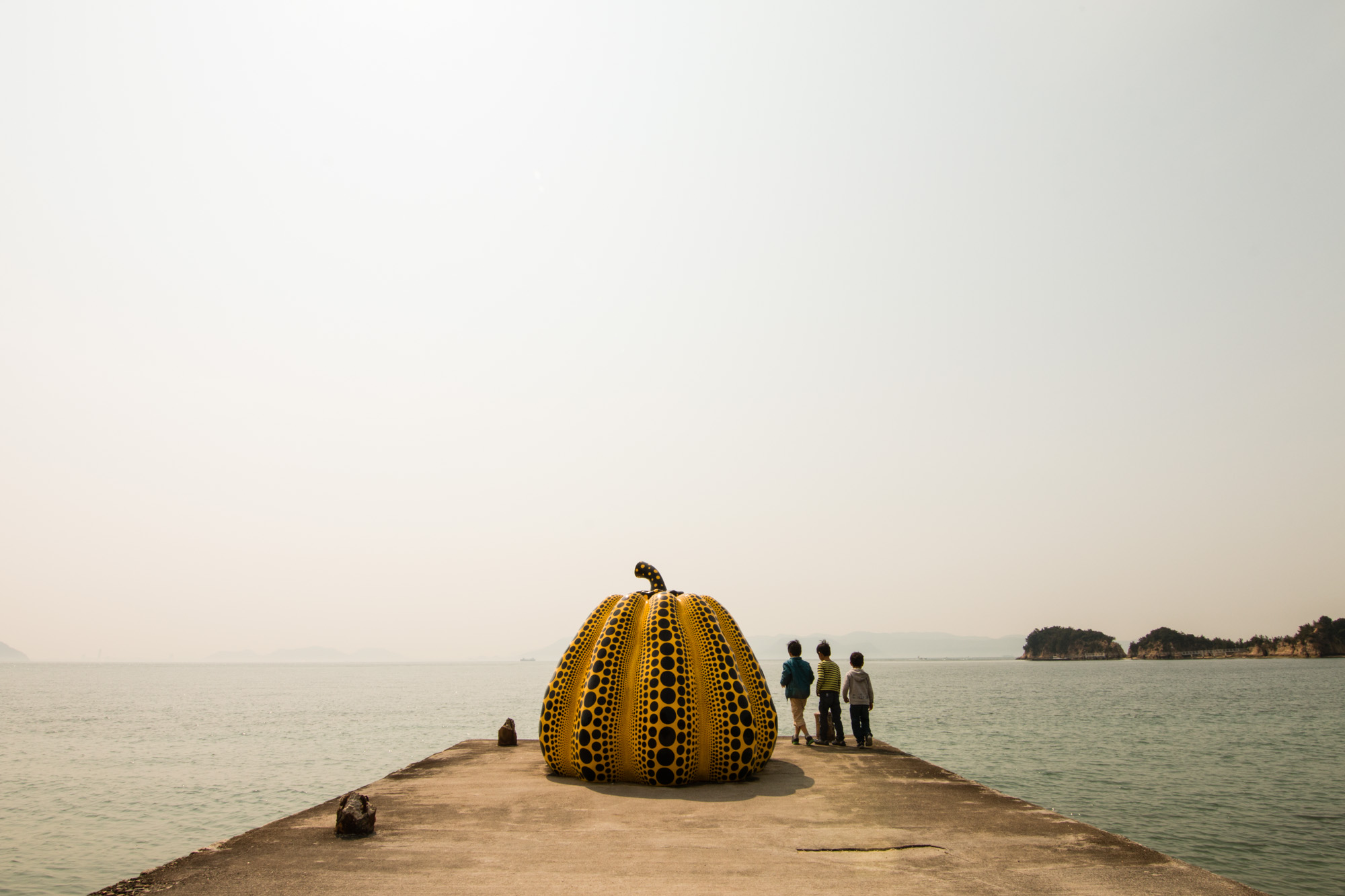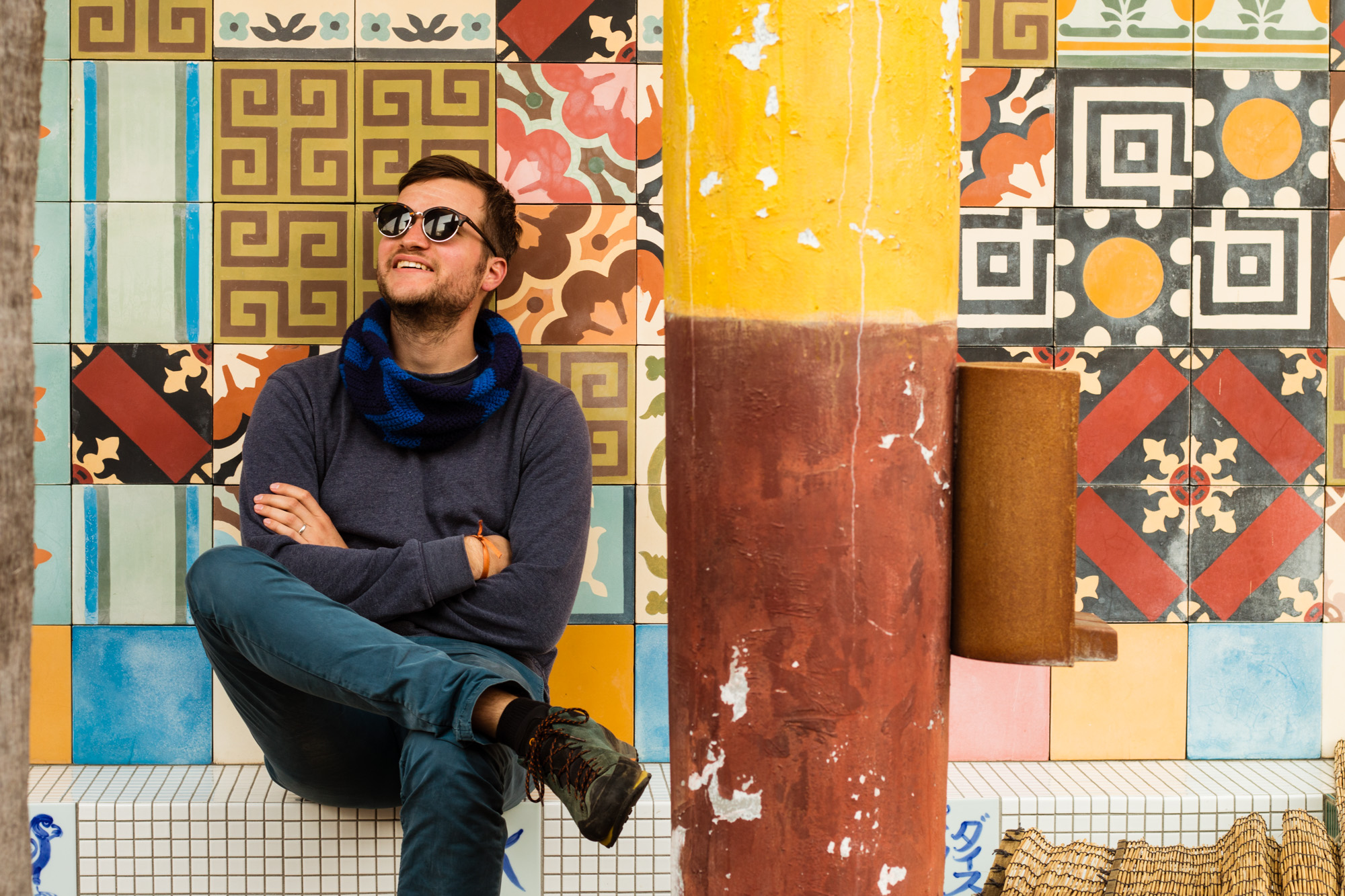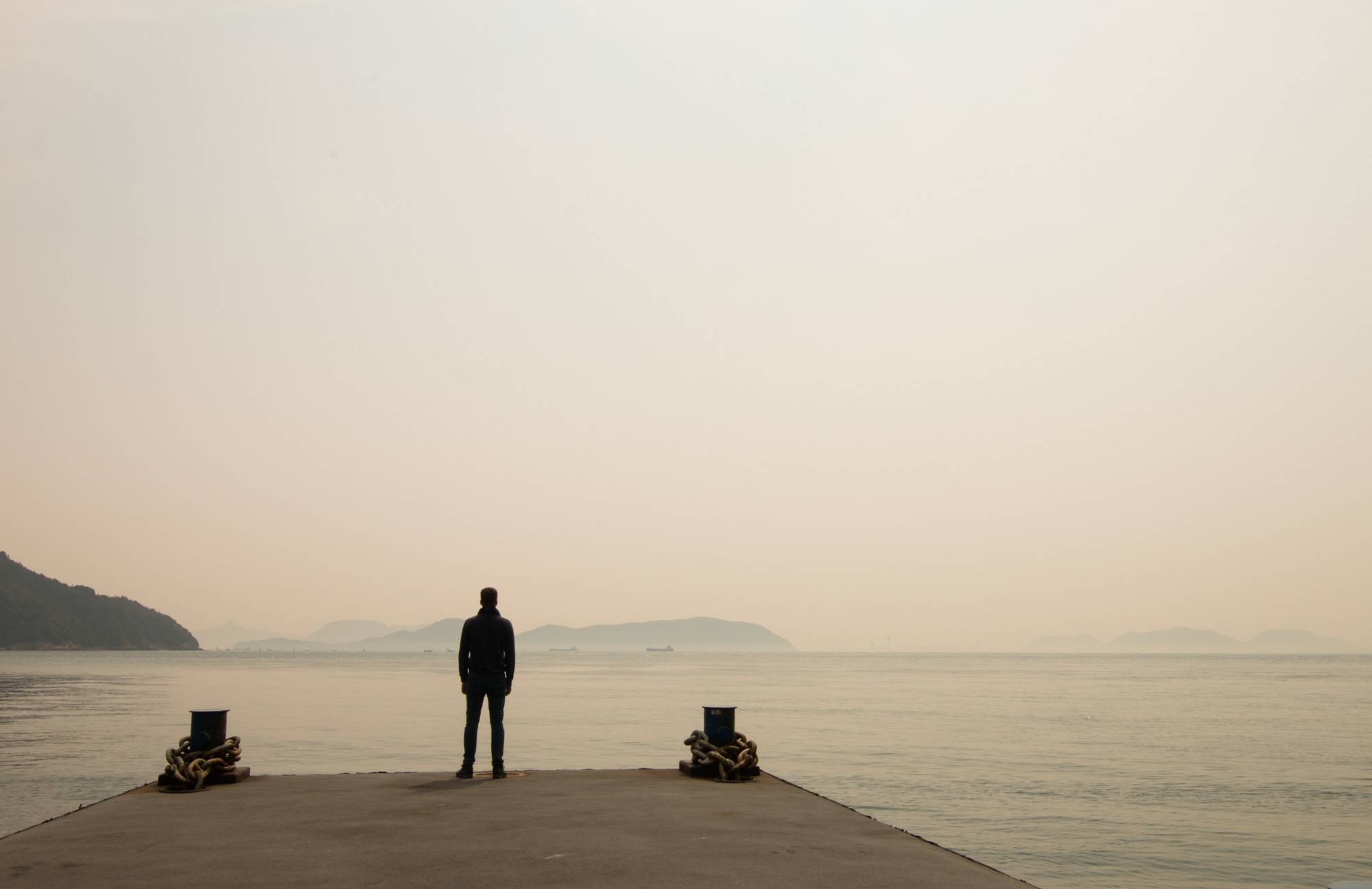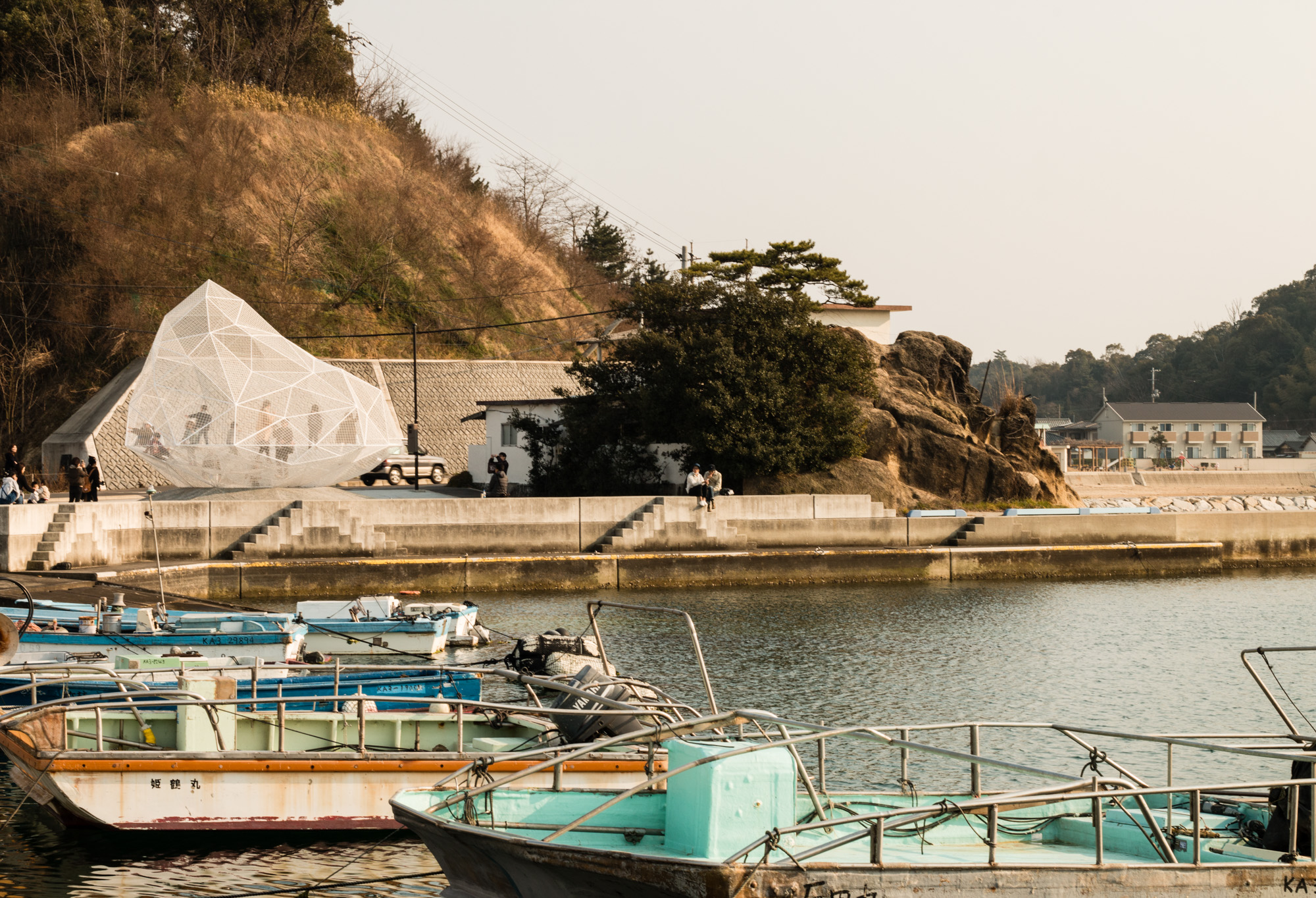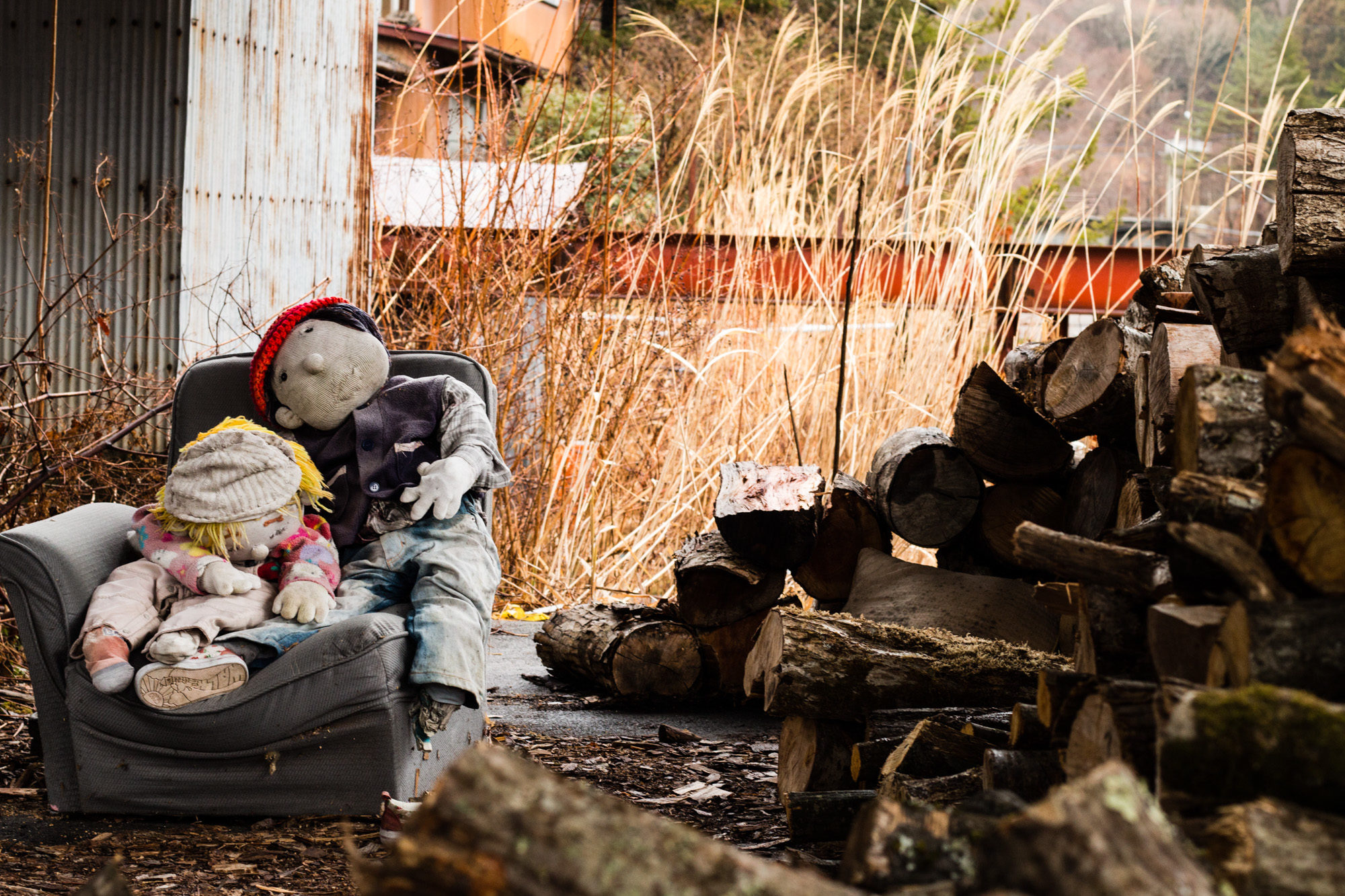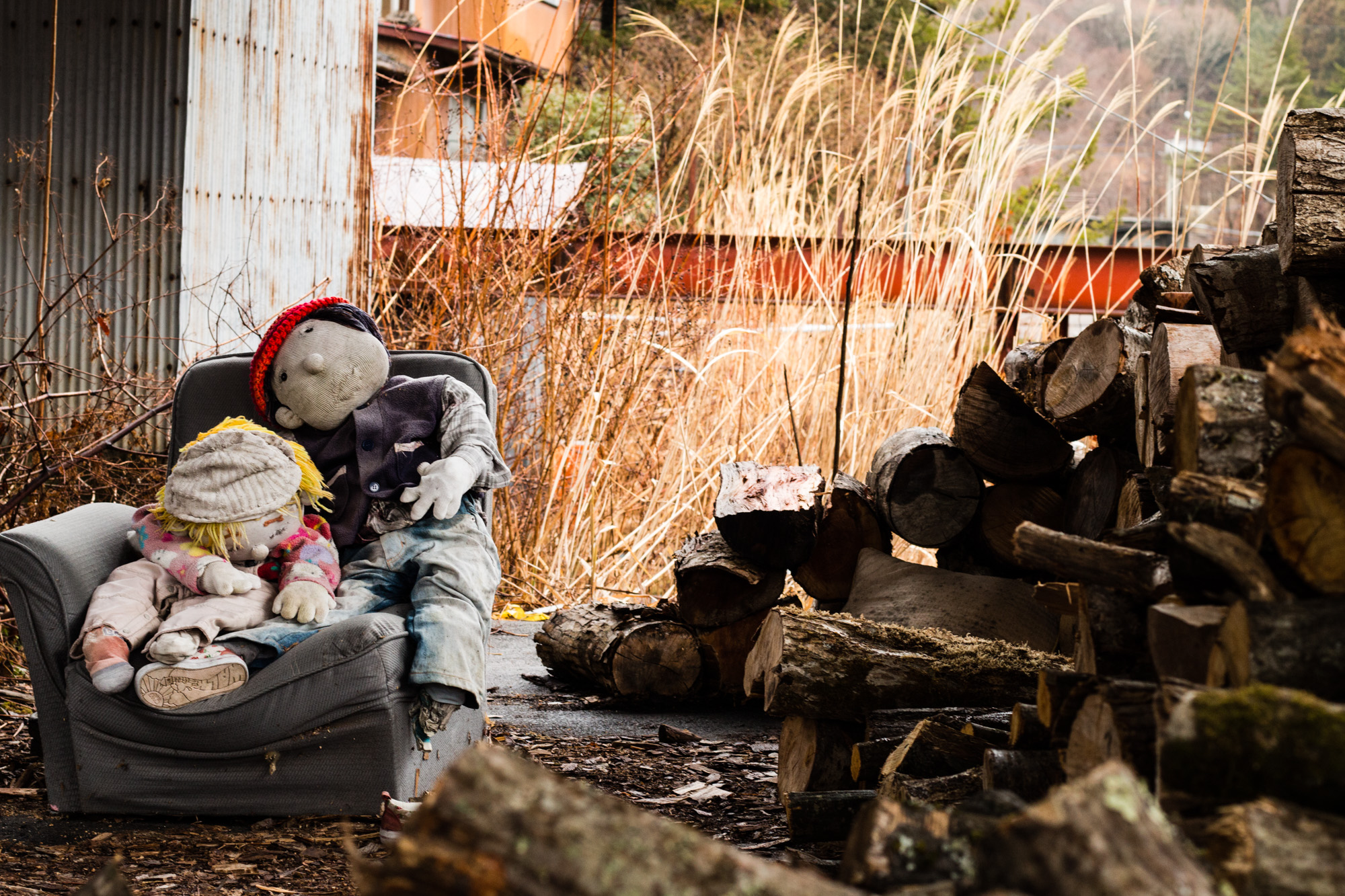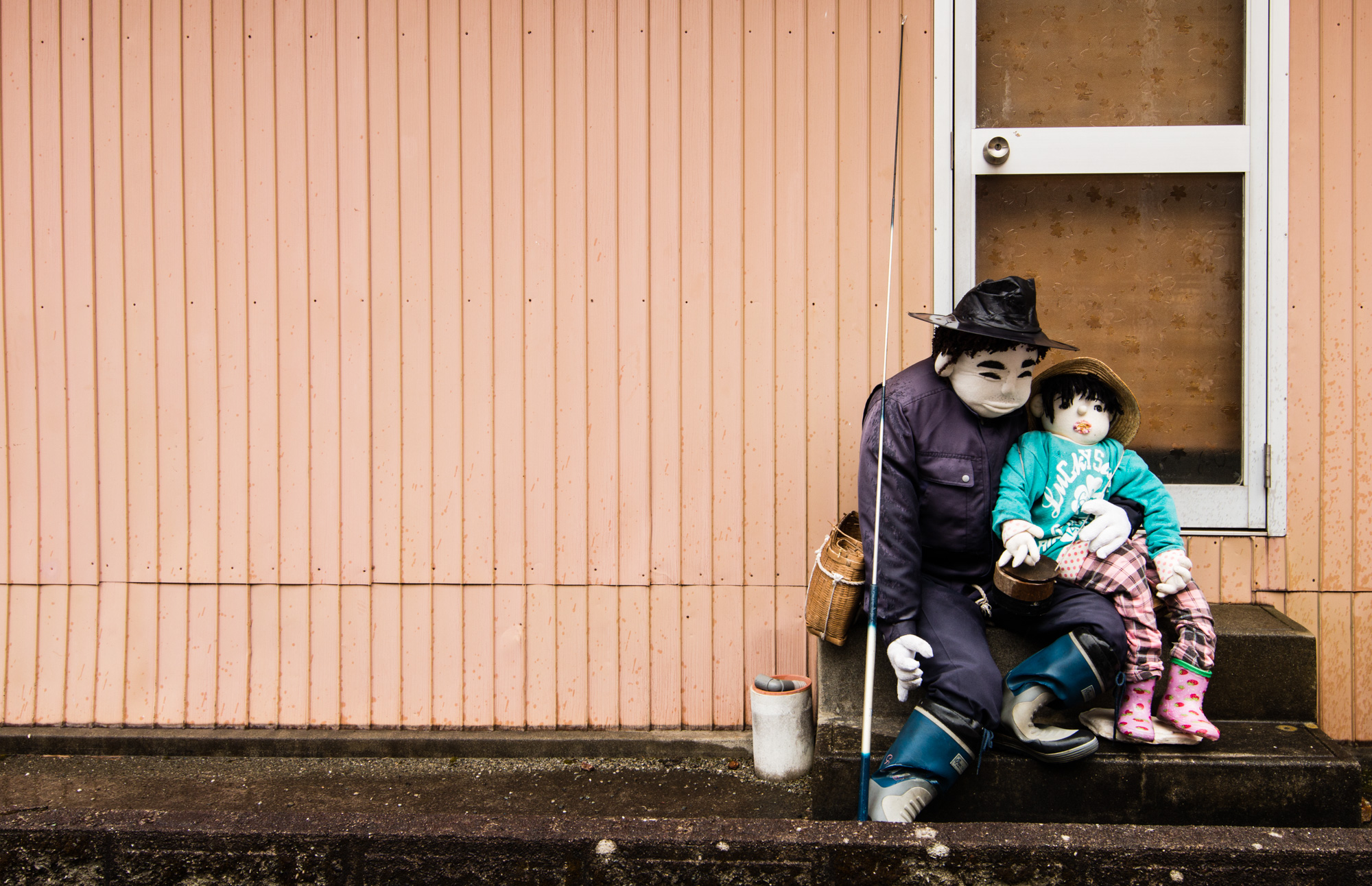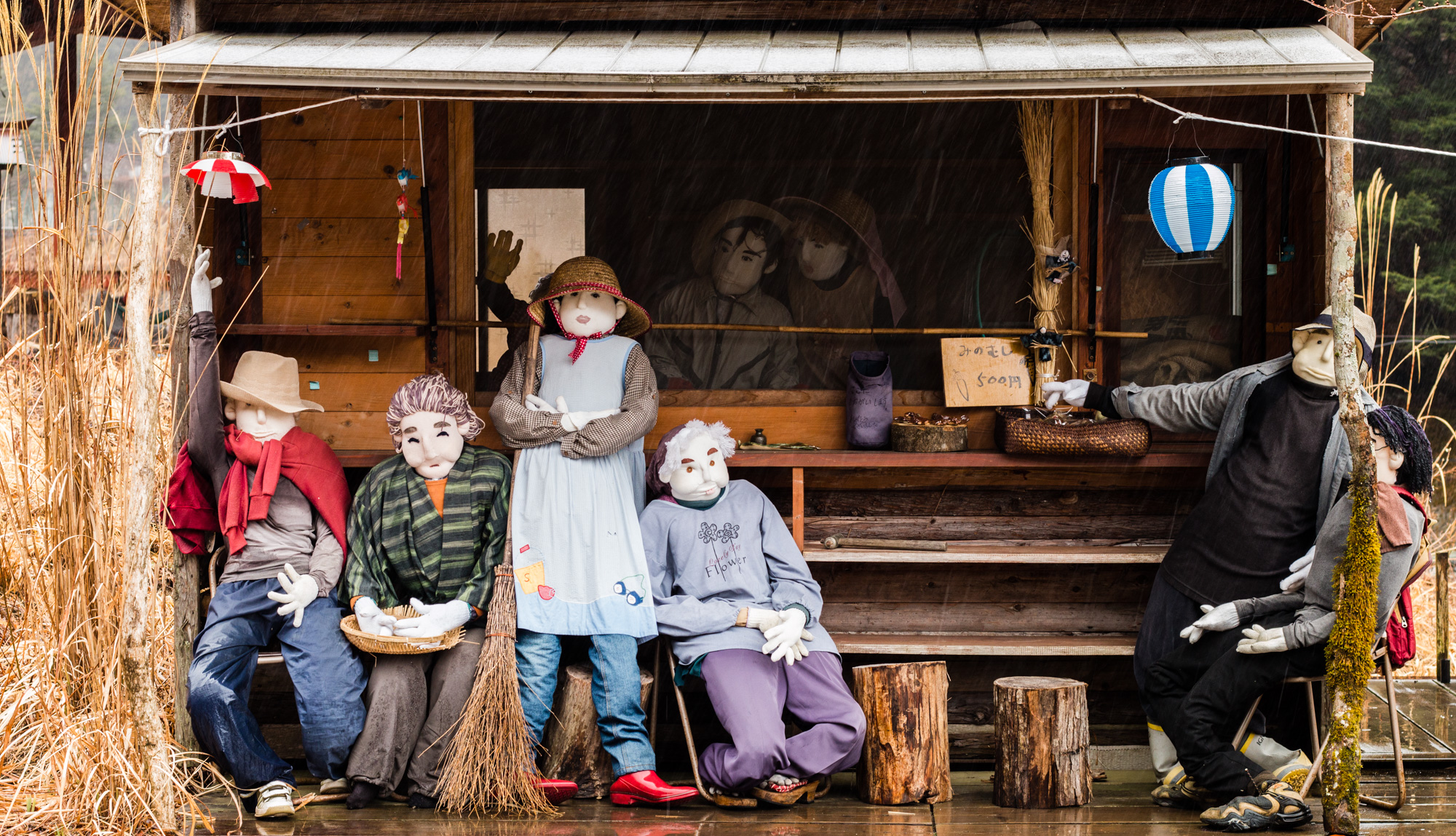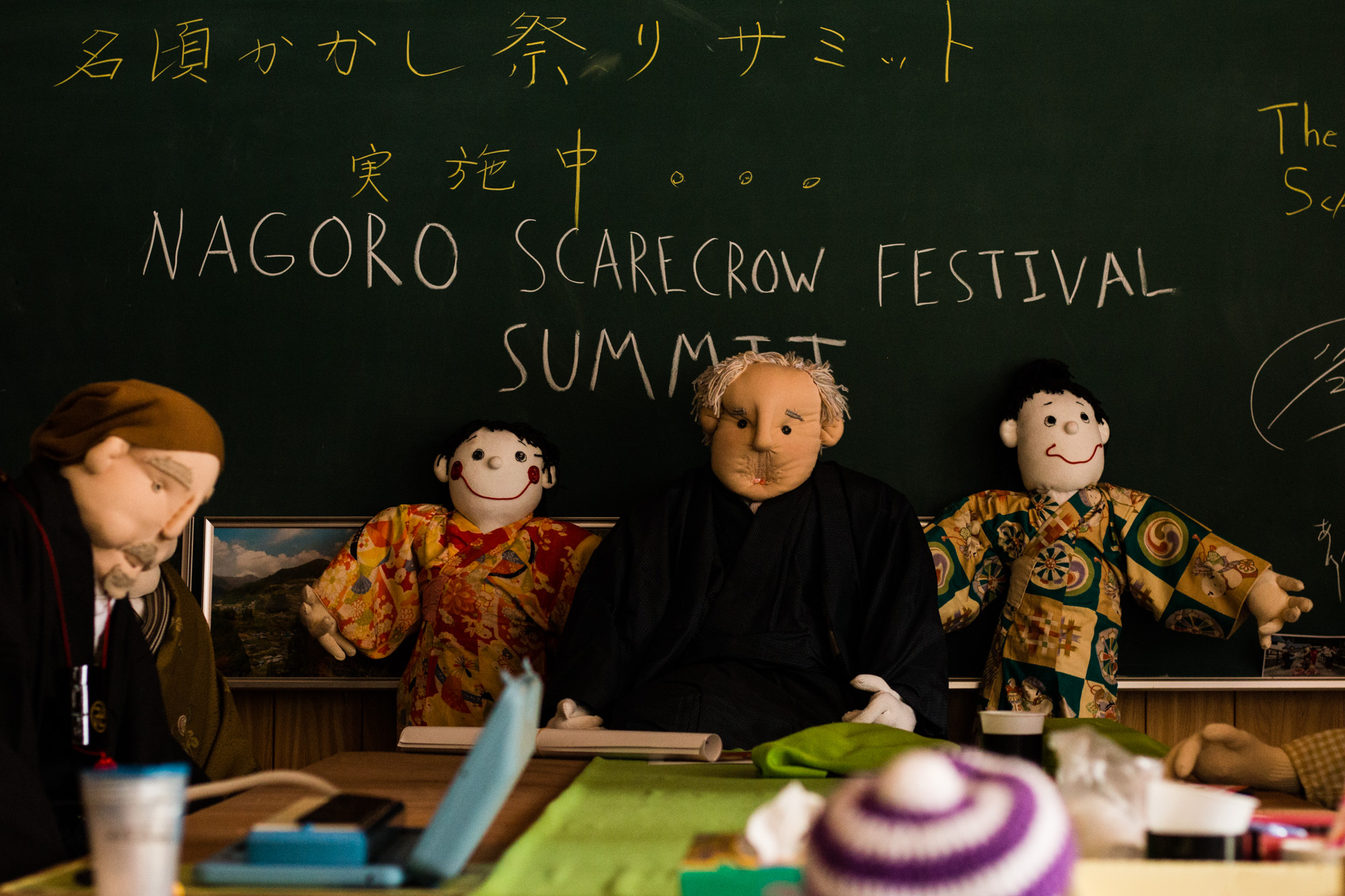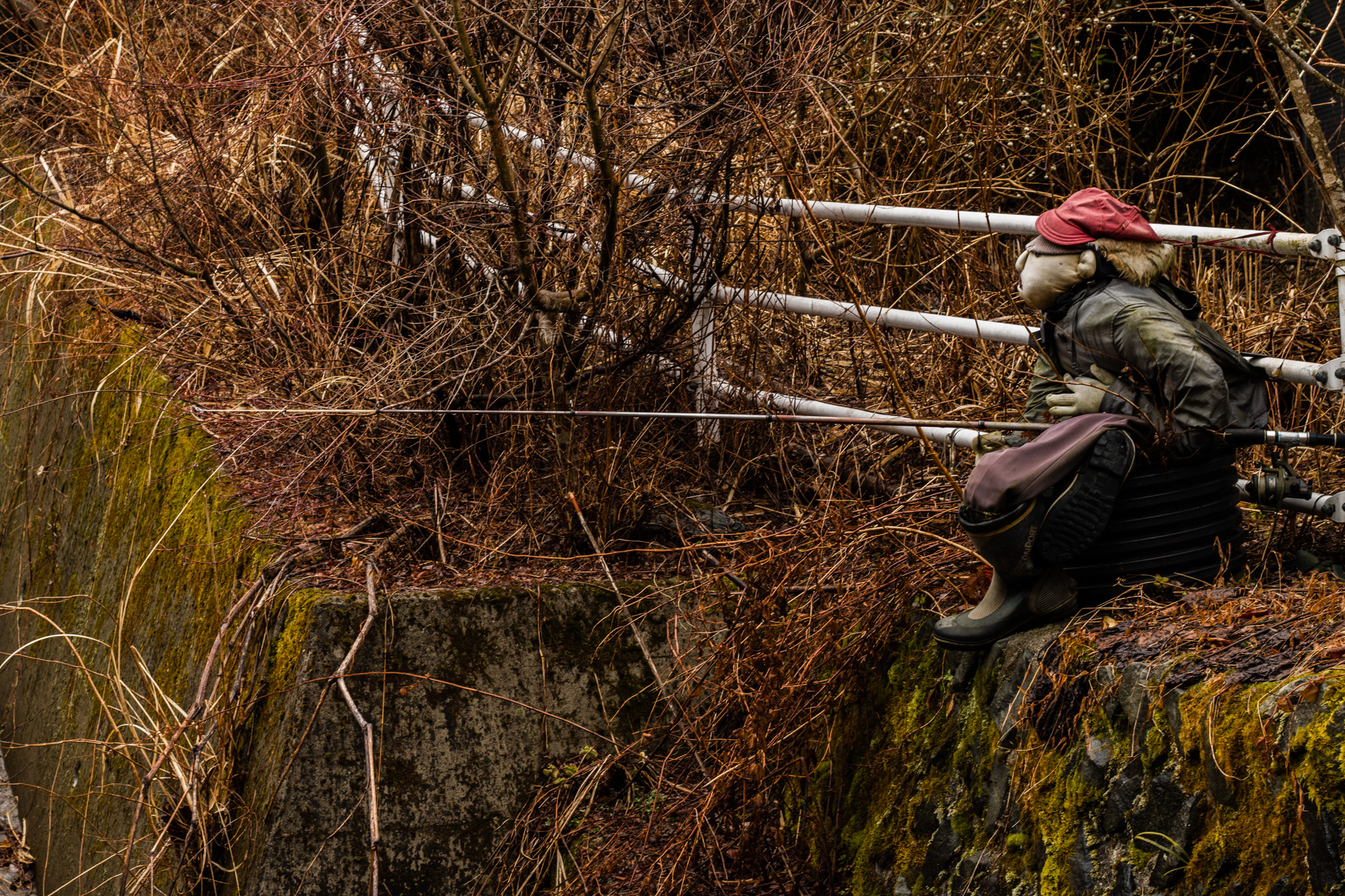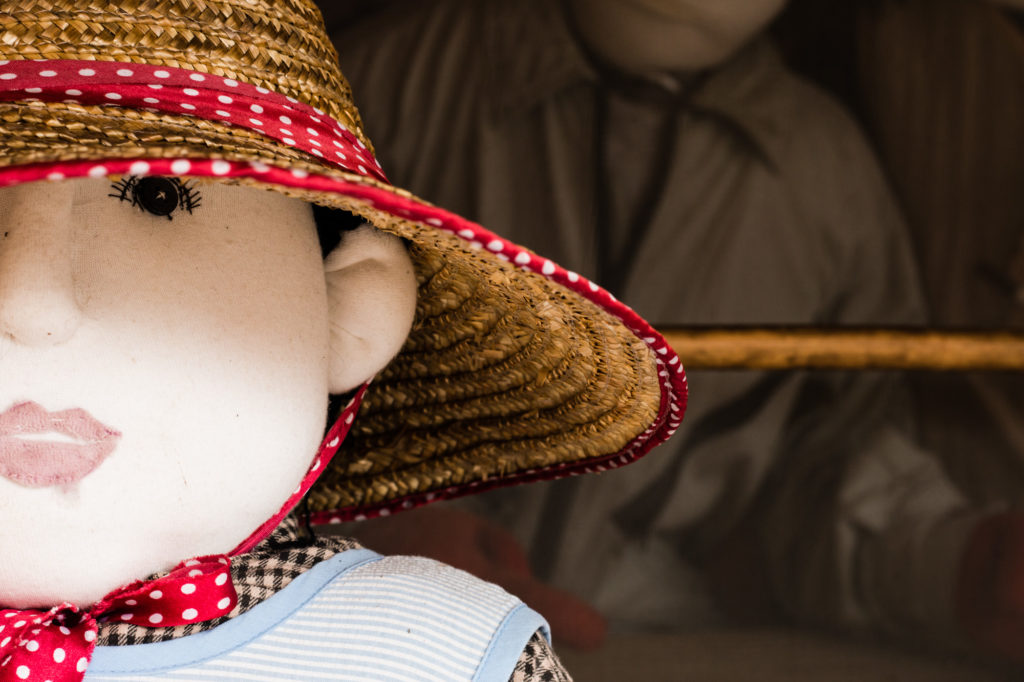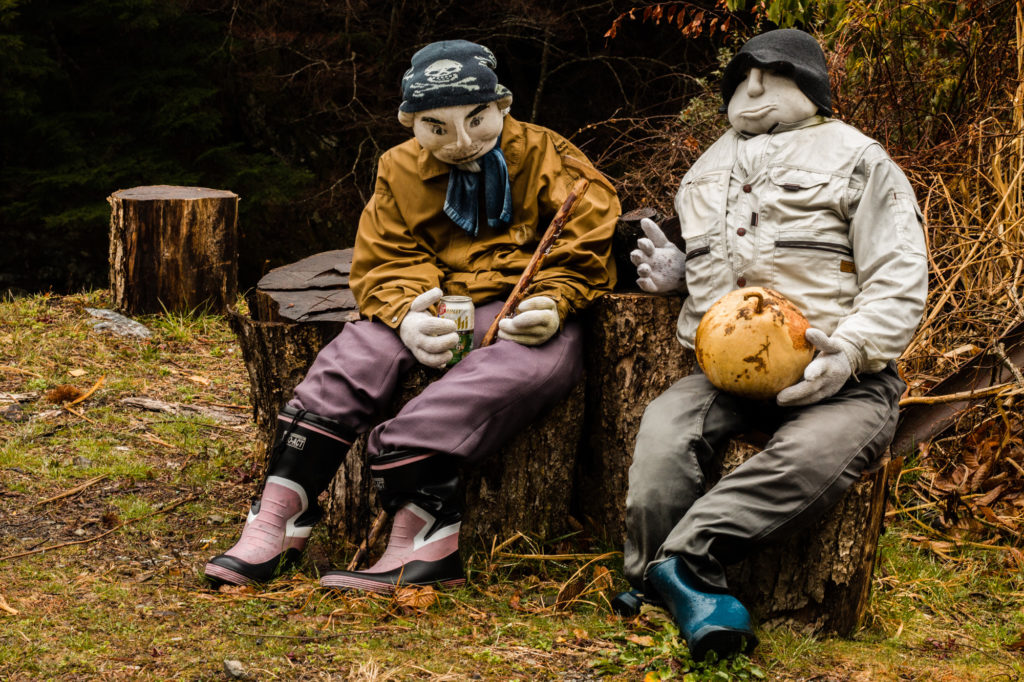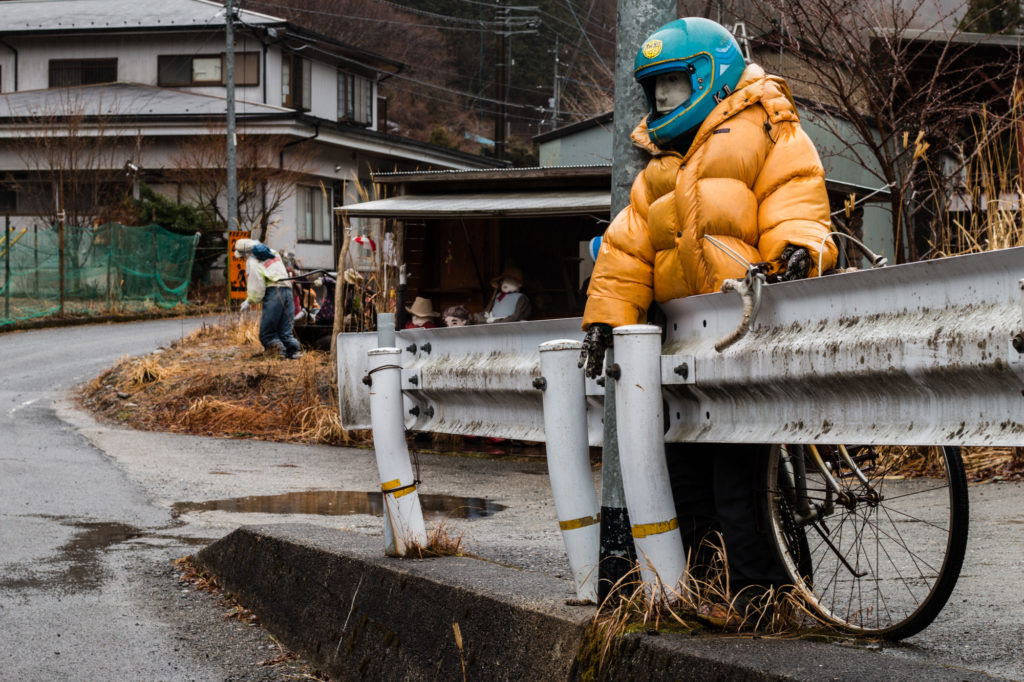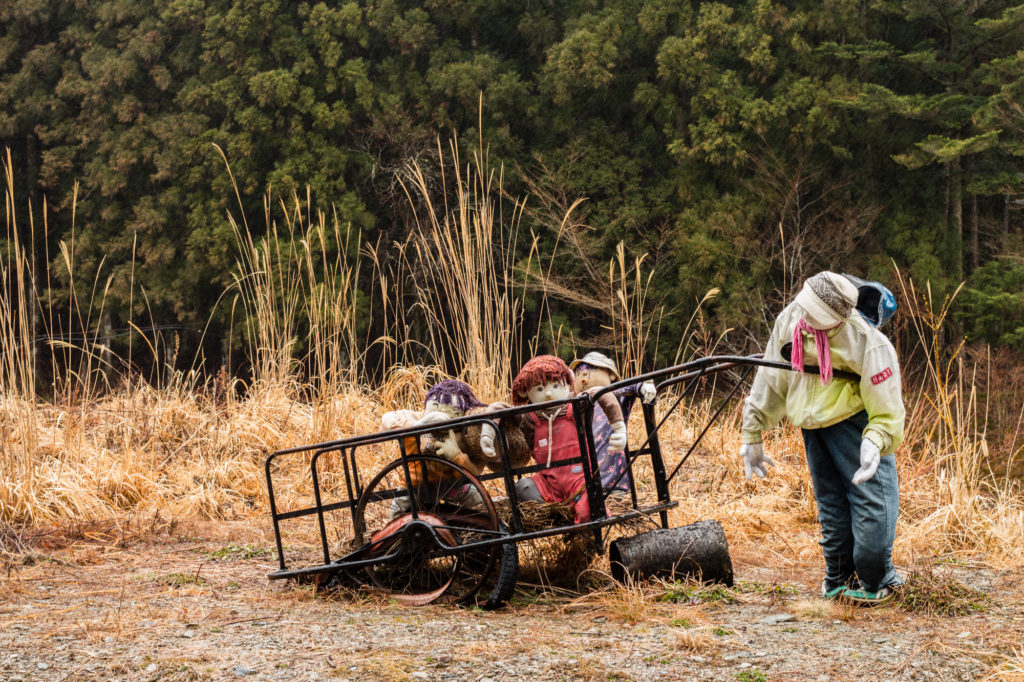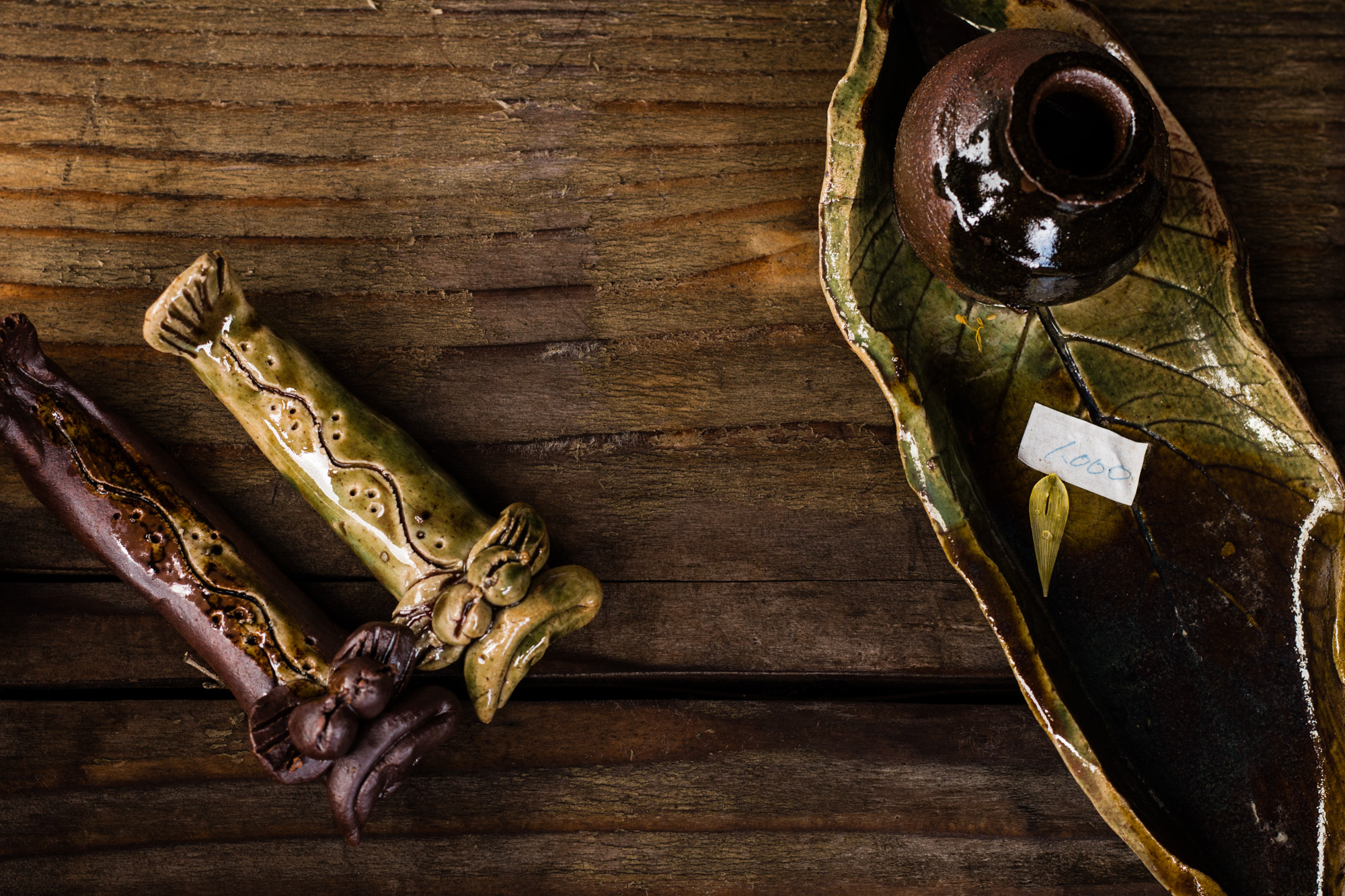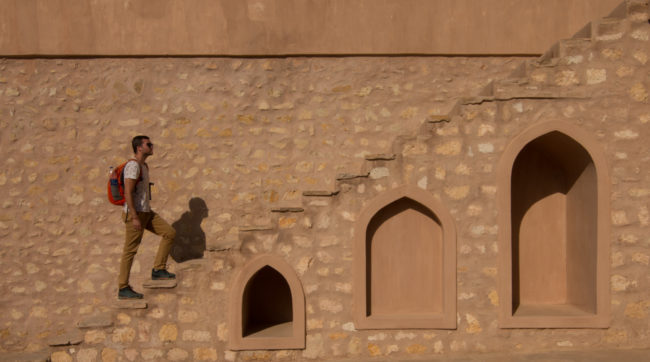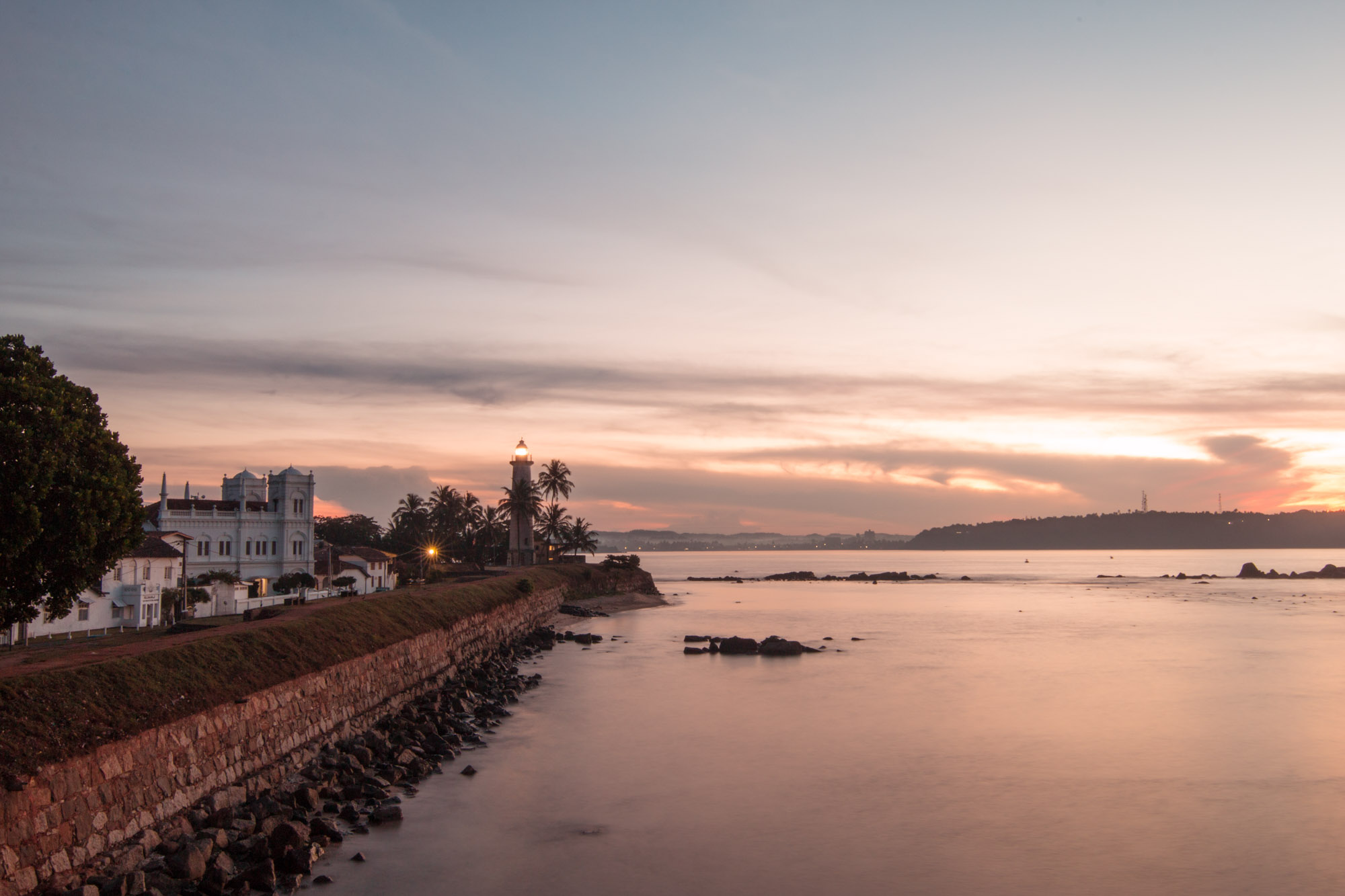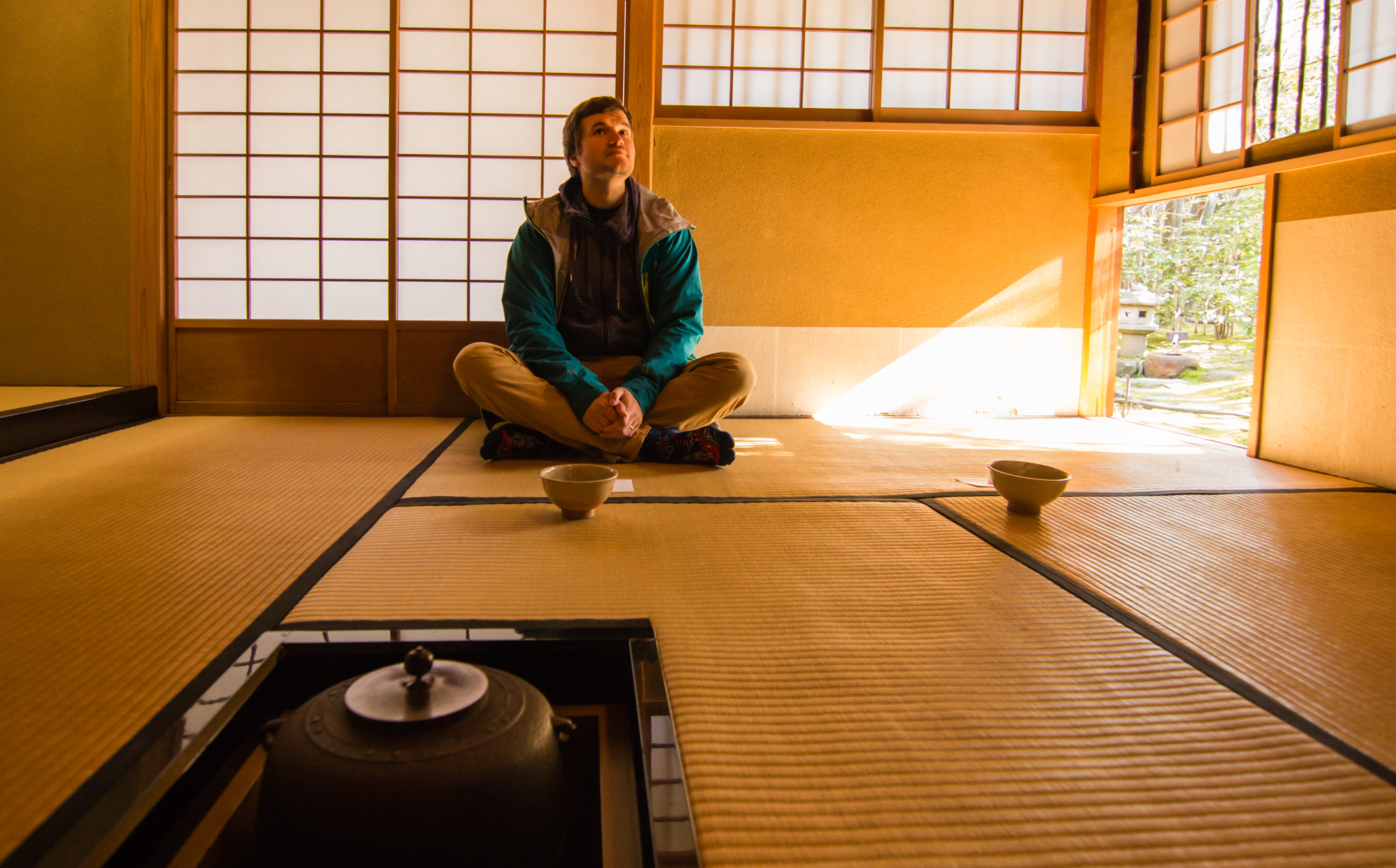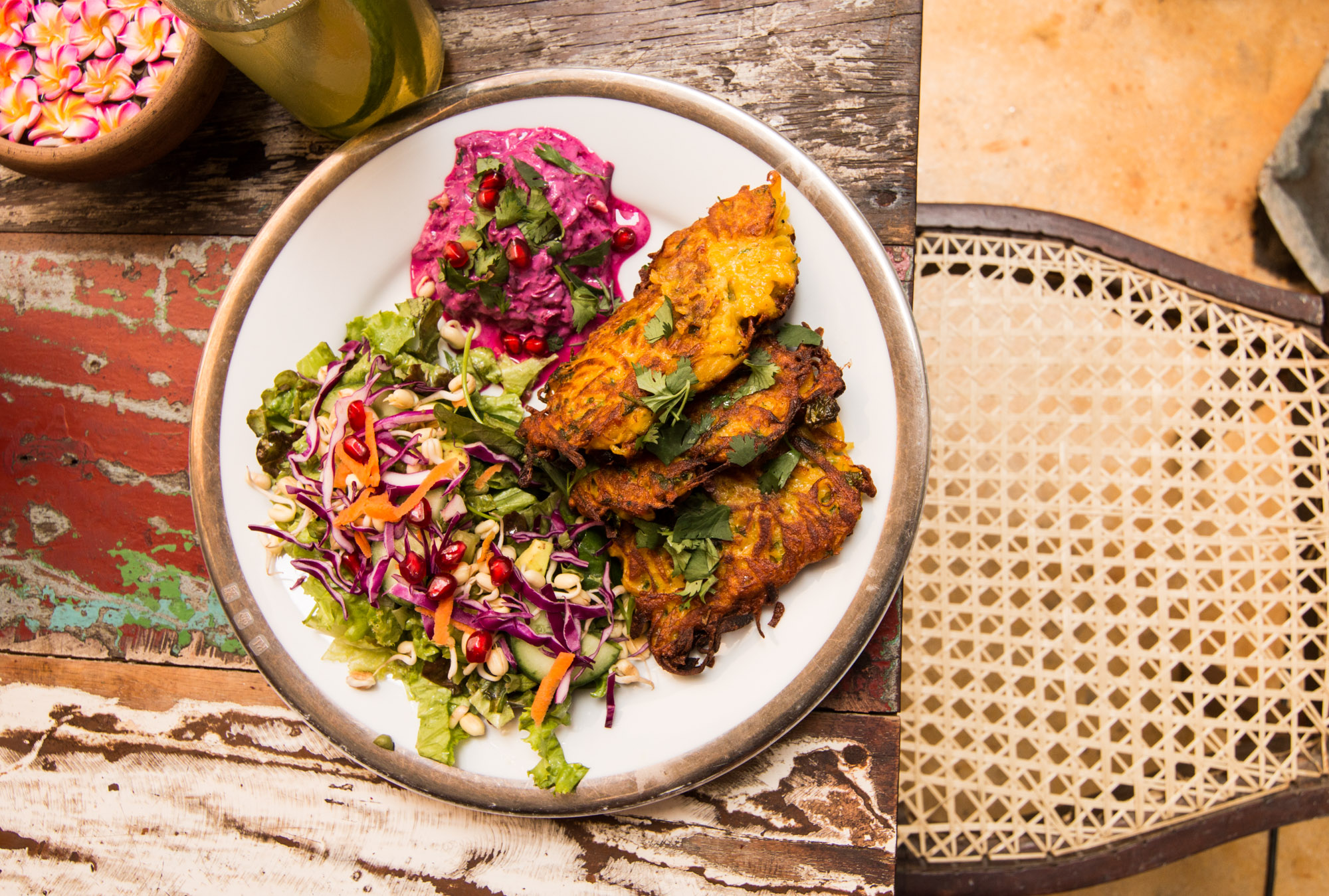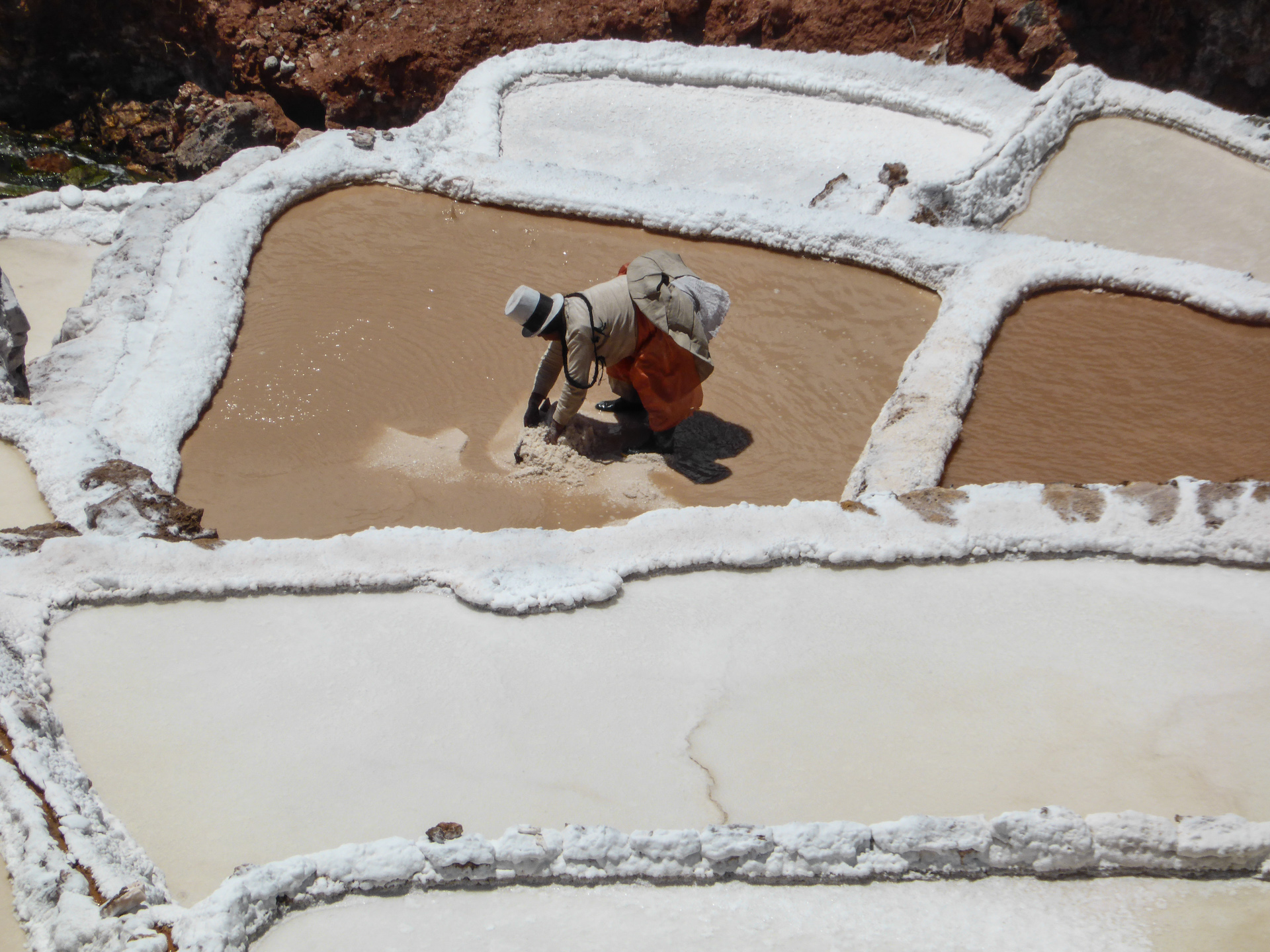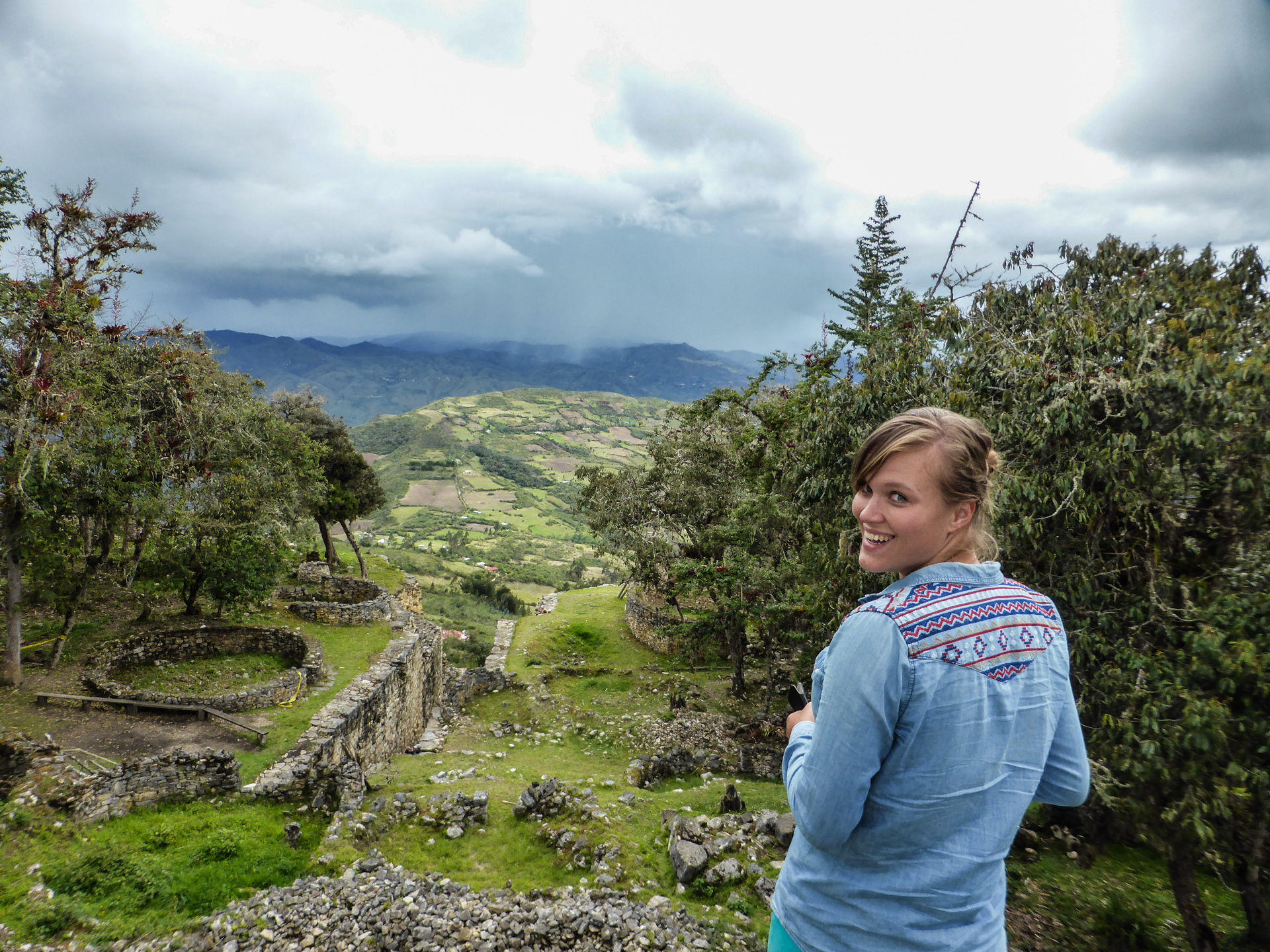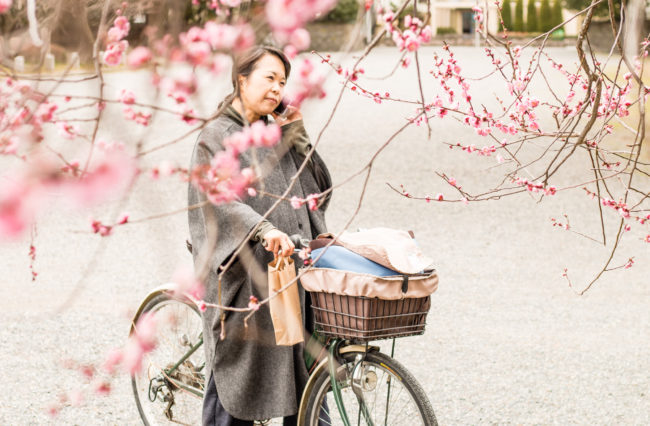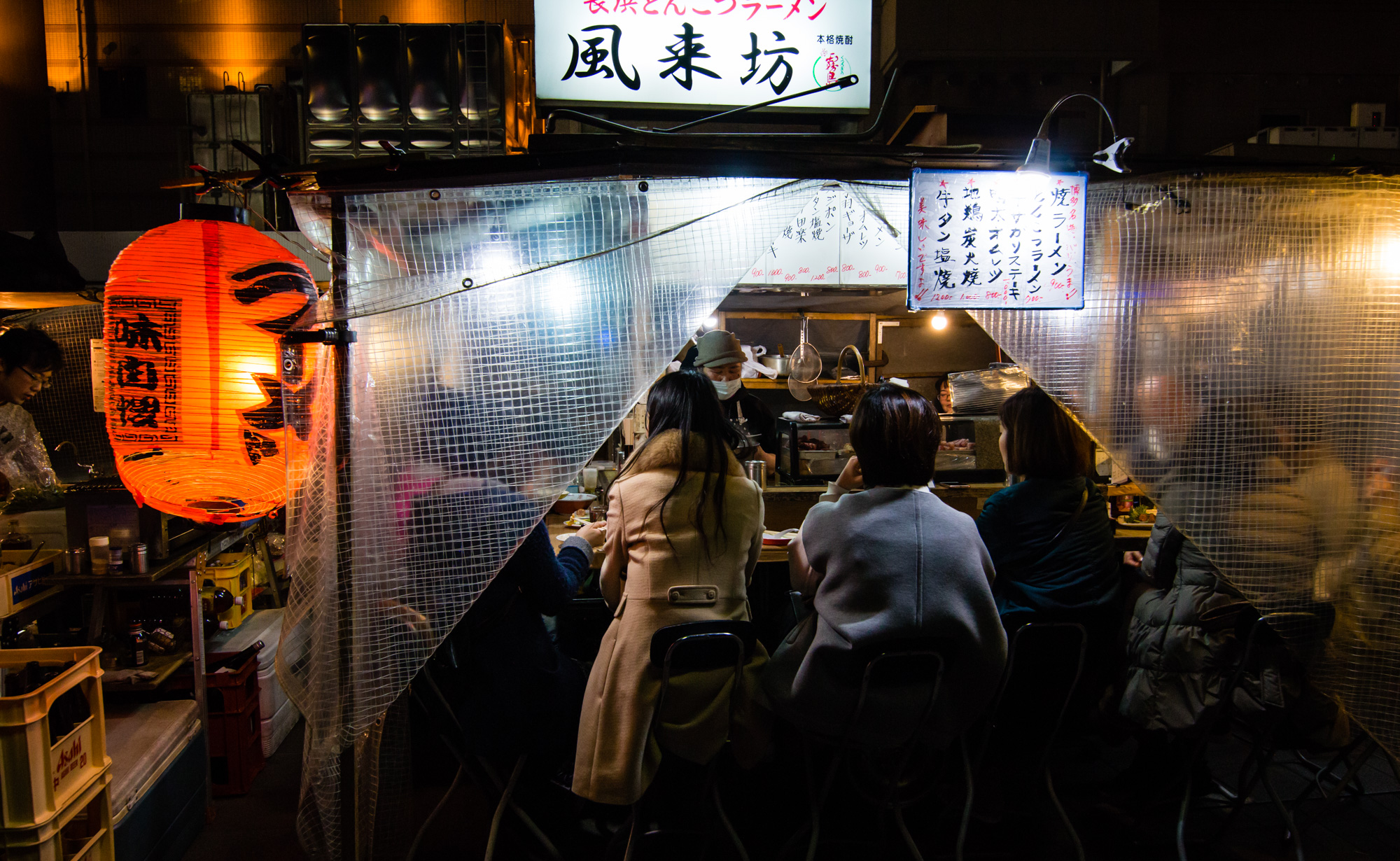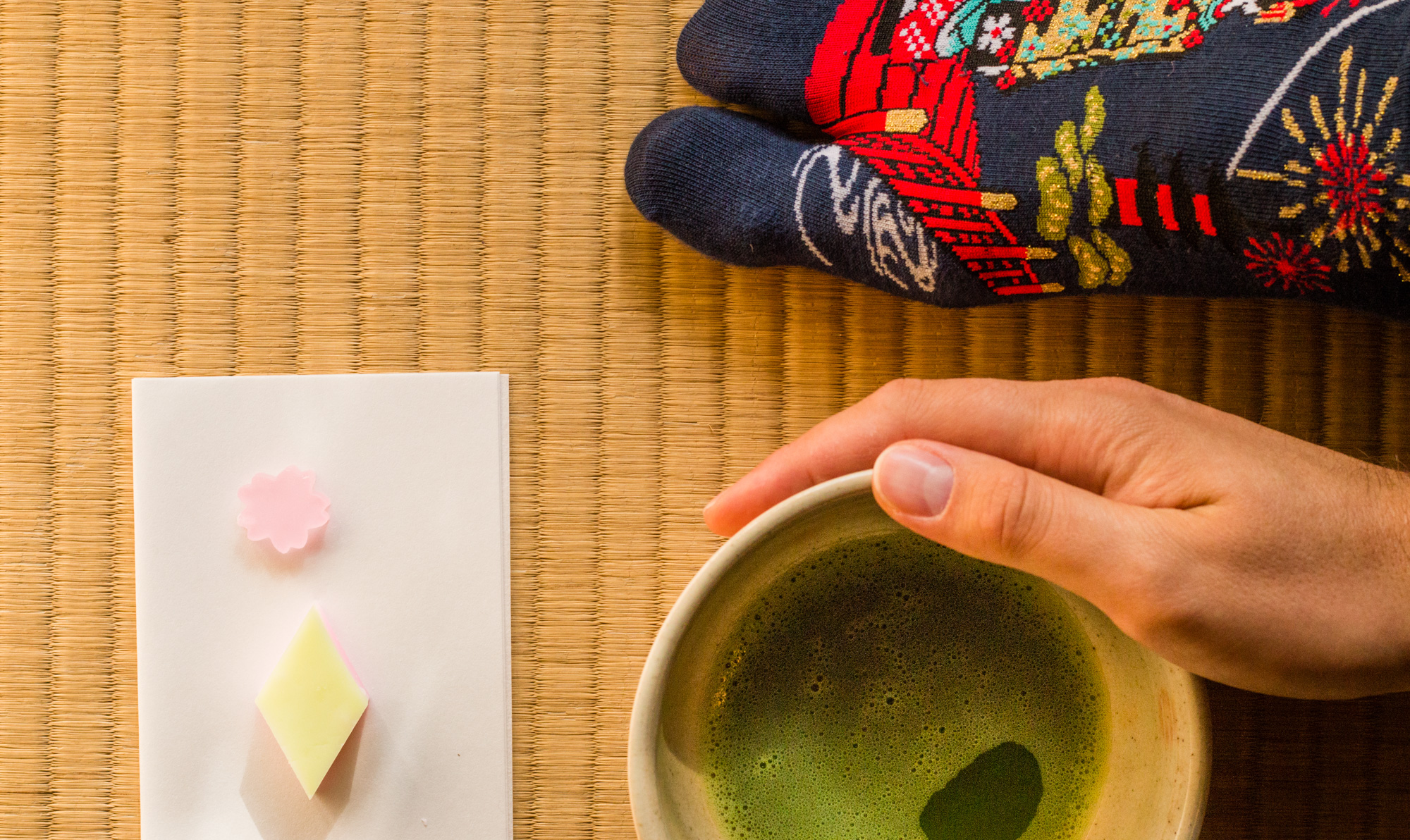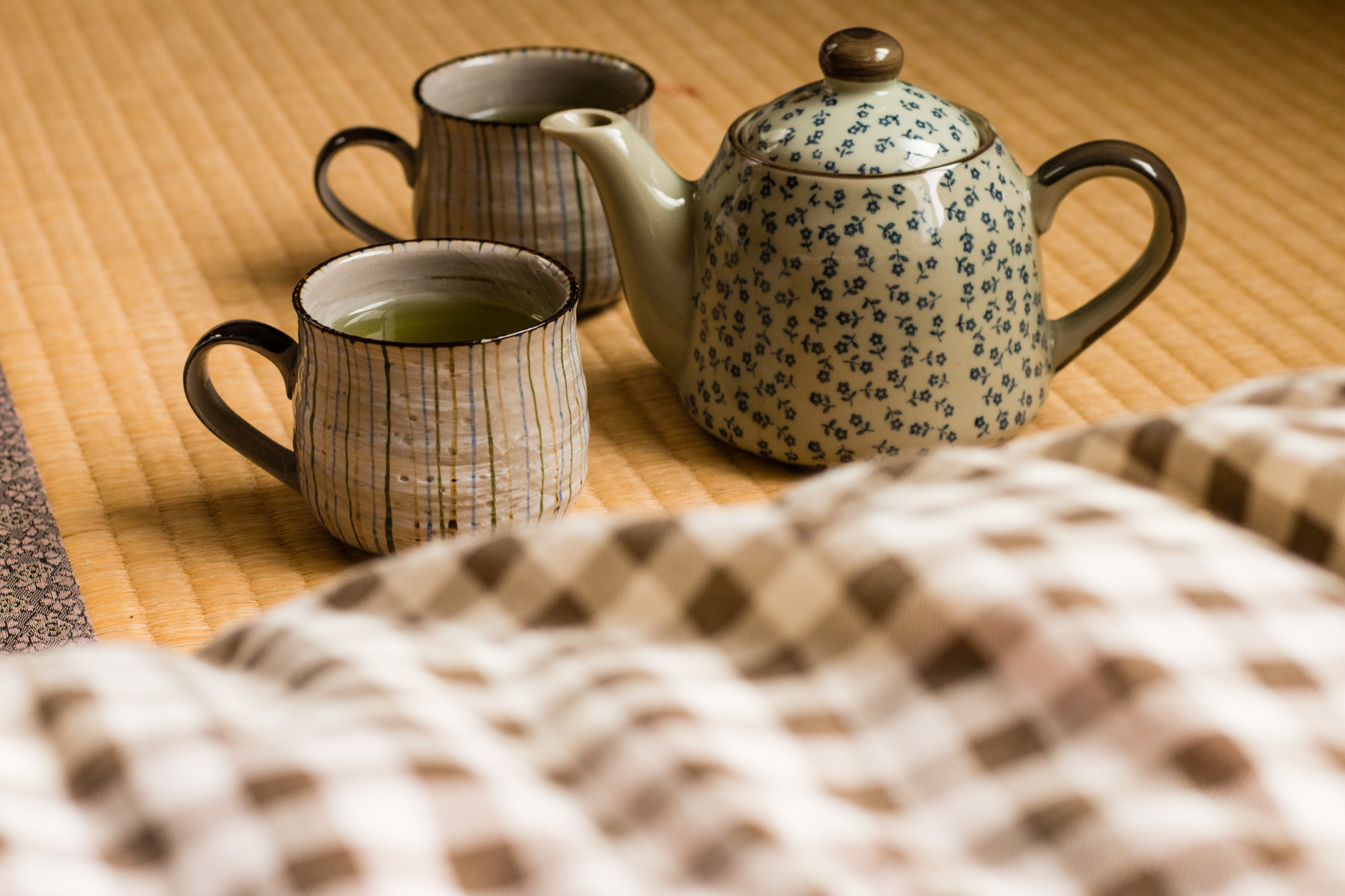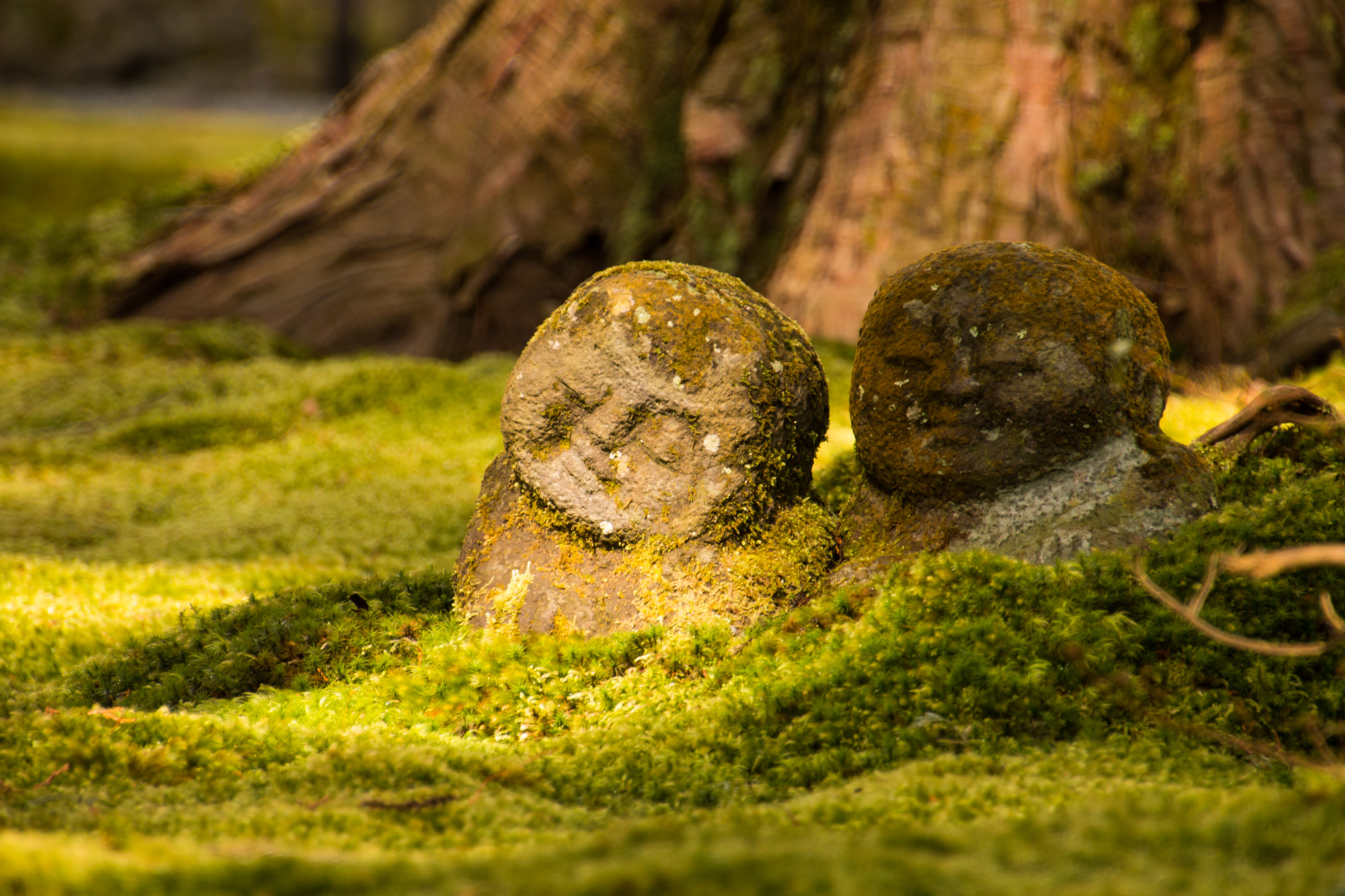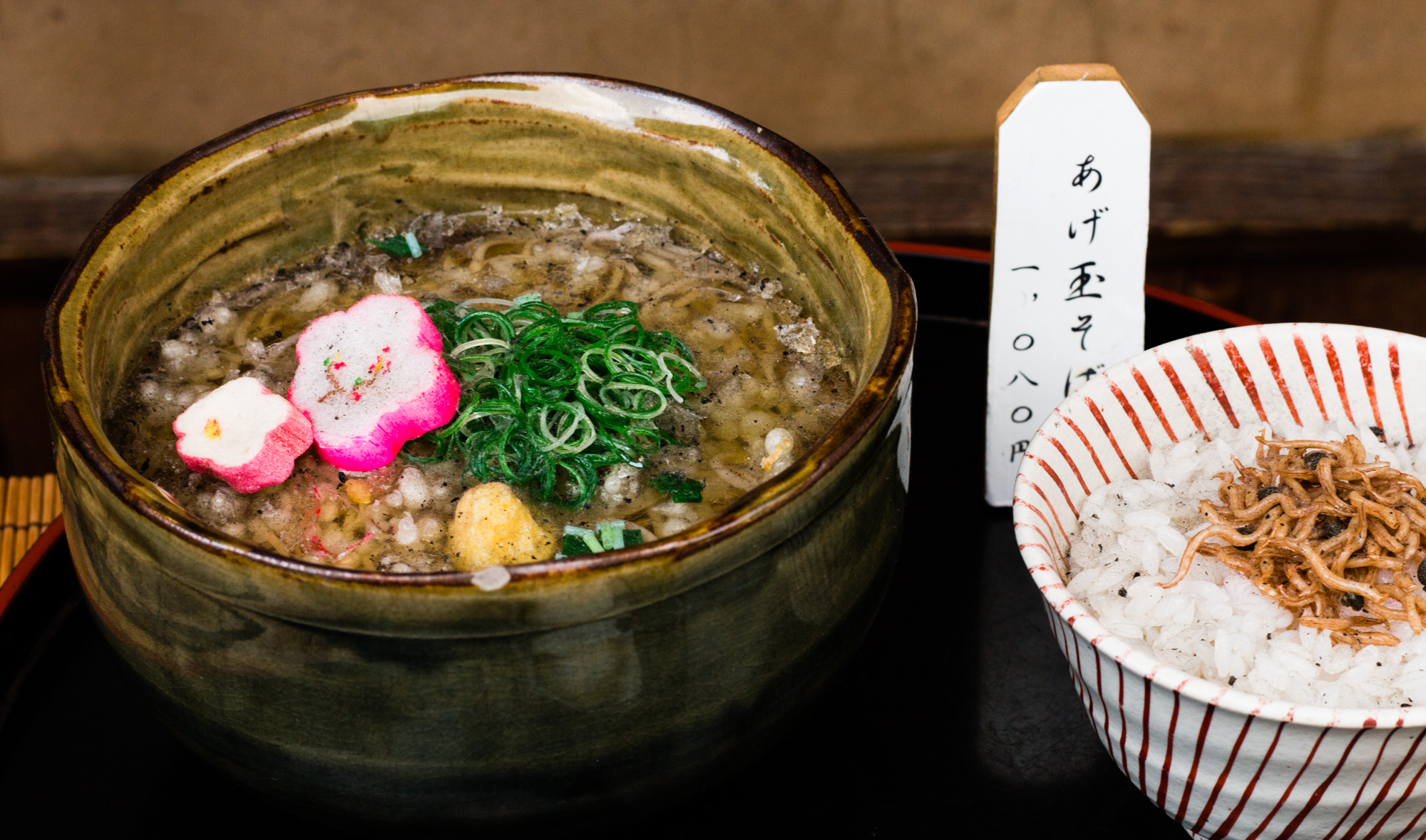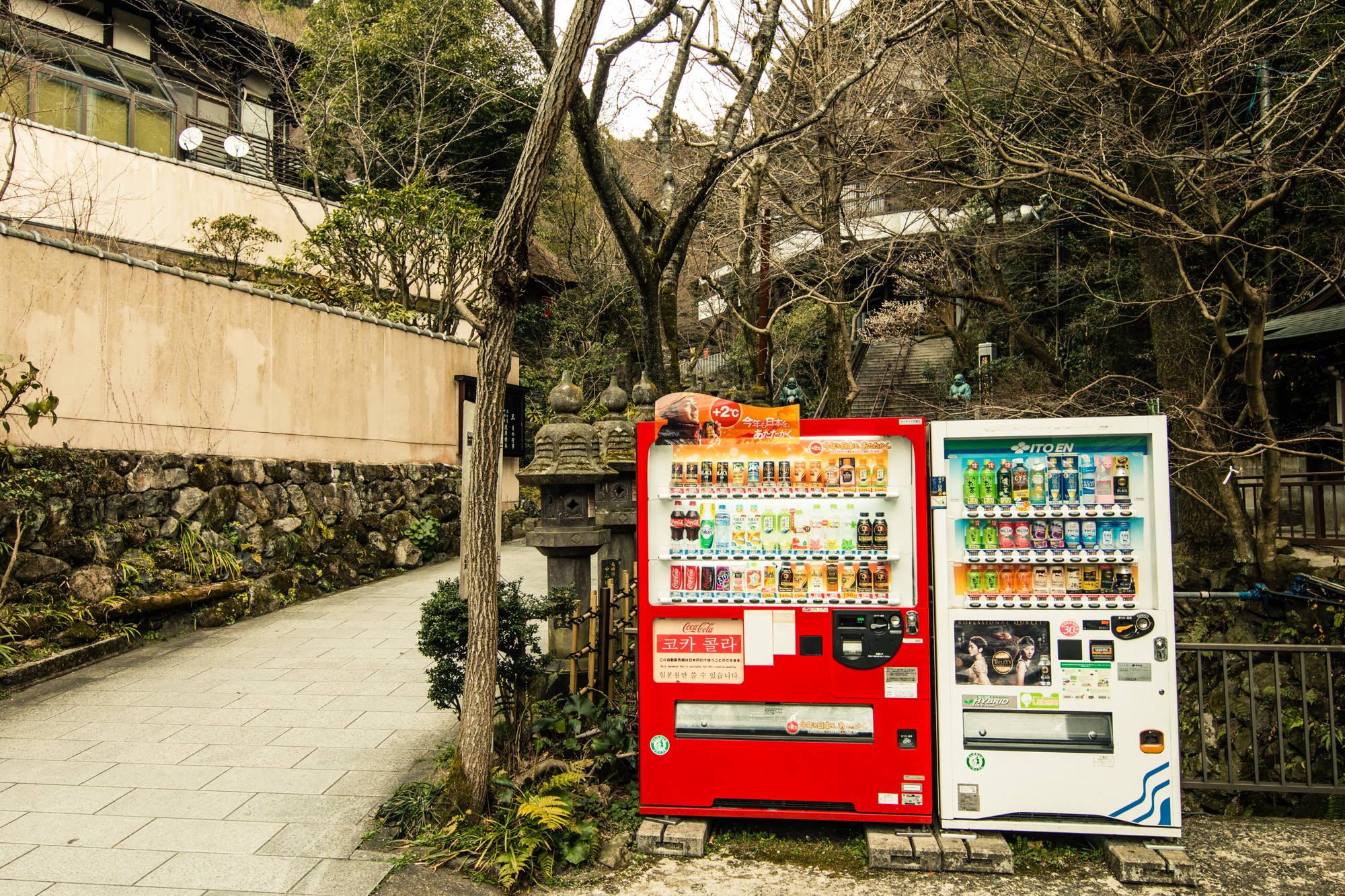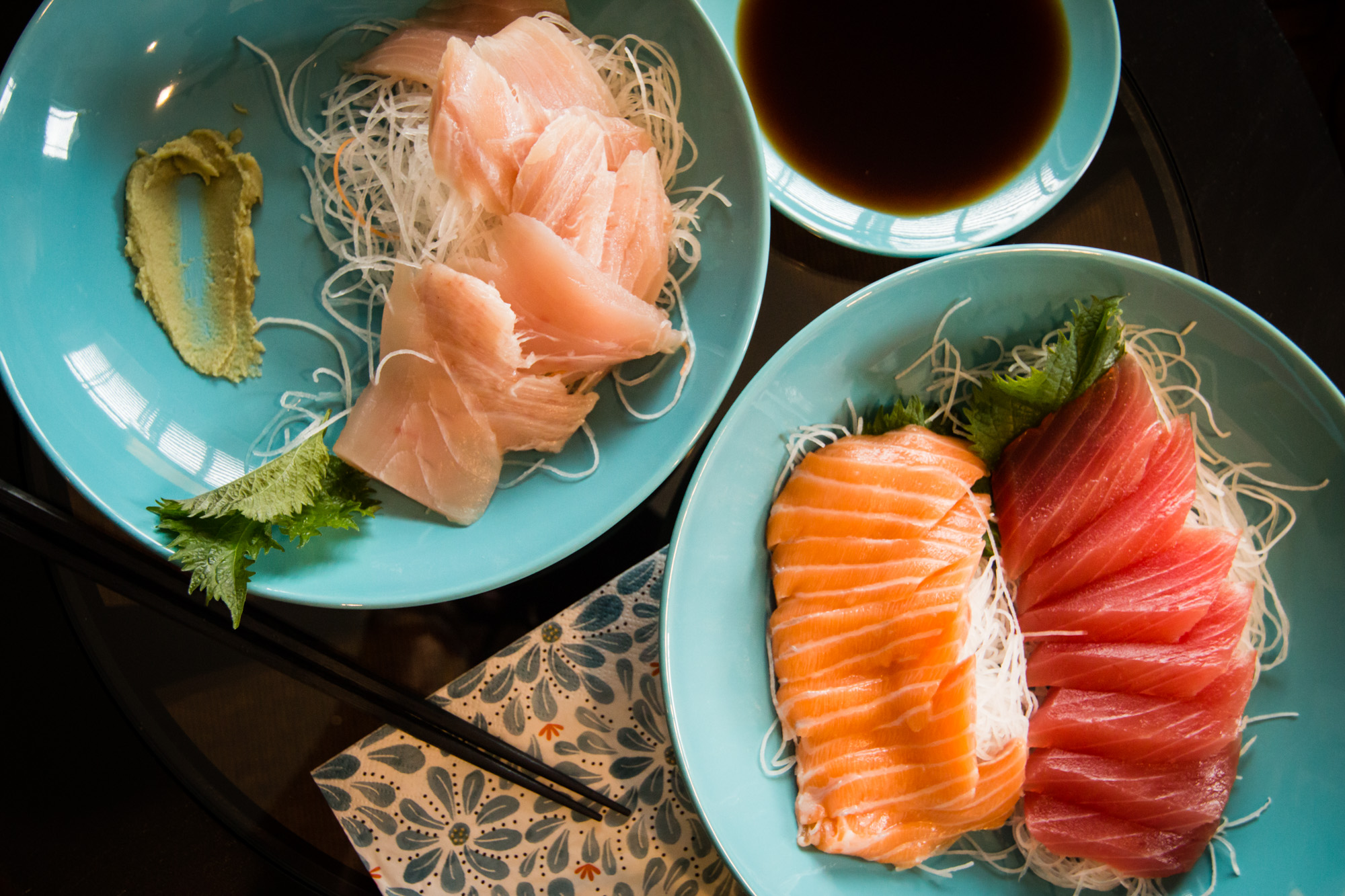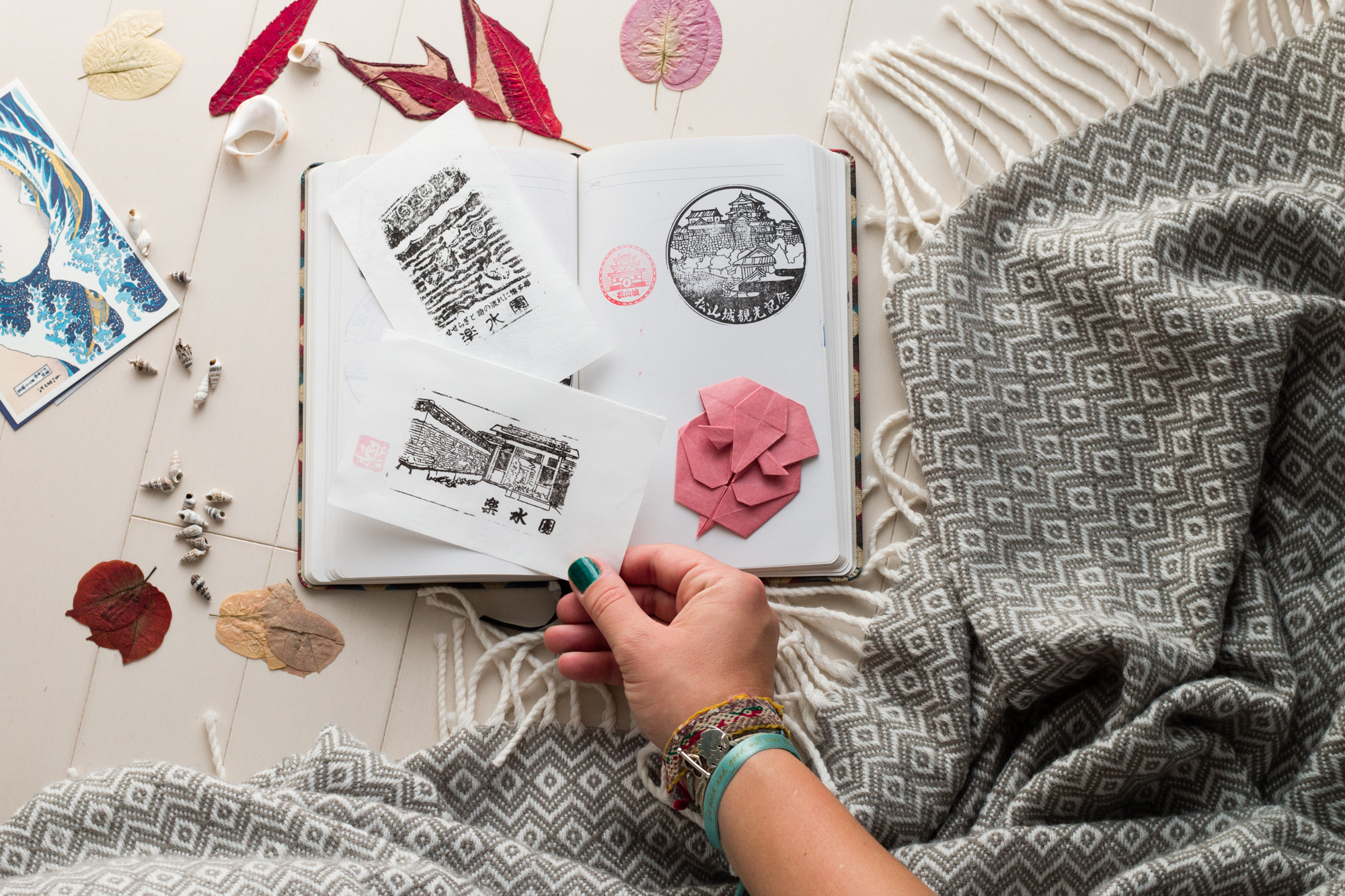It’s been more than a month since we arrived in Japan and every day we discover new, fascinating details that make this country truly unique. Nowhere else in the world have we seen modernity and tradition blended together in harmonious unity. Nowhere else have we seen inventions that left us wondering: why didn’t we ever think about it?? So we know we are in Japan when…
-
The toilets are not quite like at home…
Already at the airport we realized that we landed in a world apart. “Western toilets” as they call them here are more western that we could even imagine… The seats are warmed, bidet options are built in and in public toilets there is usually an option to play some relaxing sounds to make you feel comfortable if you decide to stay for a little longer.
-
You end up soaking in a bath
Rather than taking a shower, Japanese prefer to soak a bit in the bathtub. It’s their time to relax and chill out after a long day. In many houses bathtubs are filled by pushing just one button. A computer pours the exact amount of water needed and the temperature you like. When your bath is ready and warm, a female voice reminds you that you should dive in.
Onsens (hot springs) are another obsession here. Everyone goes there and every single person we met was recommending us one in each place we’ve visited. Some say that onsens make the Japanese look younger…
-
3 seconds rule really can apply
After 2 years travelling we sadly realized that there is dirt and garbage almost everywhere…. Except for here. Here if my cookie falls on the ground I would still pick it up and eat it. Everything is clean and gets washed before it’s even dirty.
-
The search for a garbage bin begins
Although Japan is the cleanest country we have ever seen we still can’t seem to figure out where to throw away the garbage. Searching for a bin is a time consuming task. Mostly our patience runs out and we end up pushing our rubbish into can-only trash next to a vending machine…
-
In a soup restaurant everyone is slurping
Making noises while eating is showing how much you enjoy it and a soup is the best way to do it. So people slurp loud and often. In Fukuoka there is a whole street serving ramen noodles in the evening and the sounds coming out there are like an orchestra.
-
You see masks not only in operation rooms
We still don’t know why so many Japanese wear face masks. Some say because of the allergies or contagious diseases. We also heard theories that it’s because of the fact that they simply don’t want to show their whole face…
-
Eyes get bigger
Special contact lenses are very important especially for women. For most they are there just to make their eyes look bigger but some ladies go extra far to change the colors of their eyes. All to make them look more western. Another option is to use a special glue to lift the eye lid so that it looks bigger and more divided. There are even surgeries to achieve that…
-
Starbucks has never been so popular
In every city we have been to it was packed. Friday night, middle of the day, doesn’t matter. It’s almost the same with McDonalds and some other western chains. Everything that is western is hip and exotic so McDonalds is a good spot for a teenage date. We have seen a few of those. Mount Everest of being romantic.
-
You upgrade your socks
Constant taking your shoes off makes you realize how boring the ones we buy are. Here they have fun patterns of sushi, geishas, anime and everything you could imagine. It has to be cute, flashy and stylish. And preferable a section for each toe or at least a separate one for the big toe. We don’t have to tell you we are already crazy for those 🙂
-
There is matcha everywhere
Matcha is a powdered green tea and it’s everywhere. In deserts, snacks, mains. On every street there is a commercial of something with matcha, every gift shop or supermarket sells tons of packages of the tea and matcha-flavored goodies. Highly addictive!
-
You change slippers everywhere
There are slippers to go to the garden and other ones to go to the toilet and obviously completely different pair to just walk around the house. That doesn’t even end at home. Going to the doctor you take off your shoes and put special slippers on as well… Same goes for some temples and museums.
-
You don’t have to be drunk to sing your heart out
Karaoke is completely different in Japan, here you literally get a room to do that. There are plenty of entertainment centers where you rent karaoke rooms with your friends. There is nothing better than to chill out on the couch with people you feel comfortable with and sing your heart out!
-
People care about each other!
Walking into a train or metro people scoot over on a bench to make place for us two. They know we prefer to sit next to each other than on two ends of a carriage. They stand neatly in queues, they don’t cheat, they help, they smile, and they treat others like they would like to be treated. That’s one of the things we could learn from the Japanese society.
-
The moss is not only part of the forest environment
Moss is omnipresent in Japan and it gives it this mysterious, green look. We were already wondering how come it’s everywhere even in city gardens when… we spotted moss stands on a market. It turns out here you buy pieces of it to put it in the gardens. Mystery solved!
-
Plastic food has never looked so good
It’s all about the look and who wouldn’t enter if at the entrance you see all those delicious dishes! And you don’t even need to read the menu which you wouldn’t be able to understand anyway unless you speak Japanese. Plastic food is everything and it has to be perfect. Often we catch ourselves staring and thinking if the food on display is real or not…
-
You bow, bow and bow once more
You have done something wrong if you don’t spend your day bowing in here. It’s very universal, works for hi, bye, thank you and anything else 🙂
-
You get your receipt handed to you with two hands…
That one we couldn’t really figure out. Why all the cashiers were giving us the change, receipts and everything with two hands?? Apparently it would not be polite to hand it with just one hand.
-
There are vending machines everywhere
Even in the middle of nowhere or in a small village there are still vending machines. Five types of cold and hot coffees seem to be the basic human right and luxury in here! Not to mention the selection of teas and soft drinks. Except for drinks there are also vending machines selling cigarettes, ice cream and small snacks. One thing is sure, you won’t ever get hungry or thirsty in this country.
-
You forget that the supermarket isn’t a restaurant
Every single supermarket has a wide selection of already prepared dishes, beautiful sushi and even more perfect sashimi. We often take our time in the fish section to watch the mesmerizing process of fileting fish and cutting it into thin, even pieces. We always wonder how it’s done in a restaurant if in the supermarket it looks like art already.
-
You can’t figure out the smoking rules
We were delighted to realize that there were only some assigned areas for the smokers to enjoy their addiction. But then we were enjoying our sushi in a restaurant and out of the sudden a cloud of smoke drifted towards us. We were shocked to discover that in most places you can smoke and there are no non-smoking areas… It turned out to be a bit complicated to find fume-free spots…
-
Signs are too cute to go against them
Japanese people are all about being polite so the forbidding signs need to be colorful, fun and cute enough so that no one feels pressed to follow the rules. Every single day we discover charming, little signs showing how you collect your dog’s poo or how you should cross the street. We can’t help but smile every time we see one of those.
-
You collect your stamps everywhere you go
Train stations, tea houses, museums, castles… there are stamps everywhere. We got completely hooked we can’t stop collecting them. Especially since some are really stunning and for us they are like very light souvenirs that don’t cost anything.
